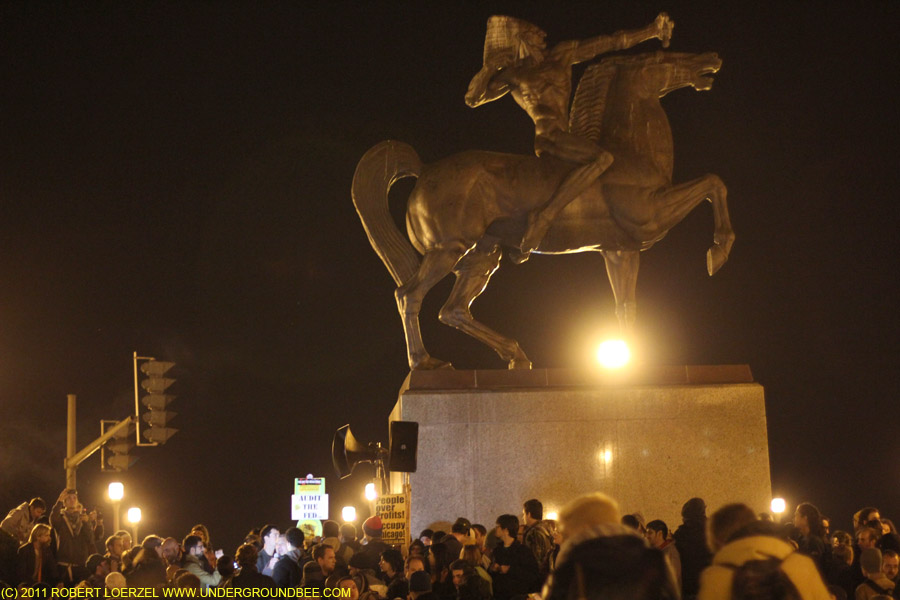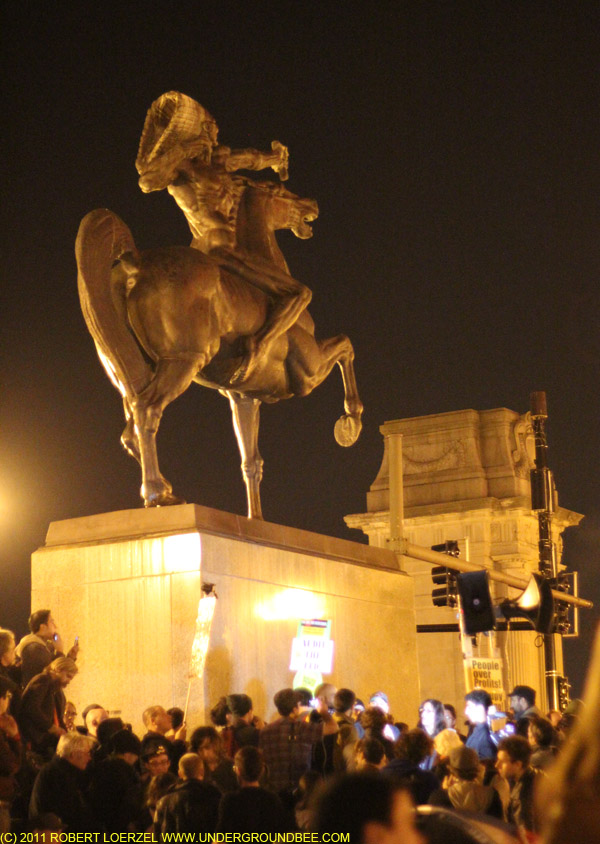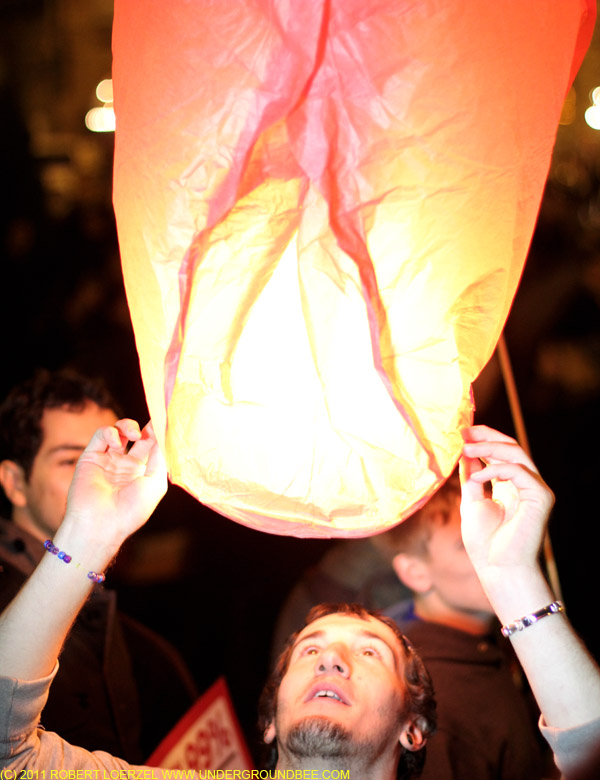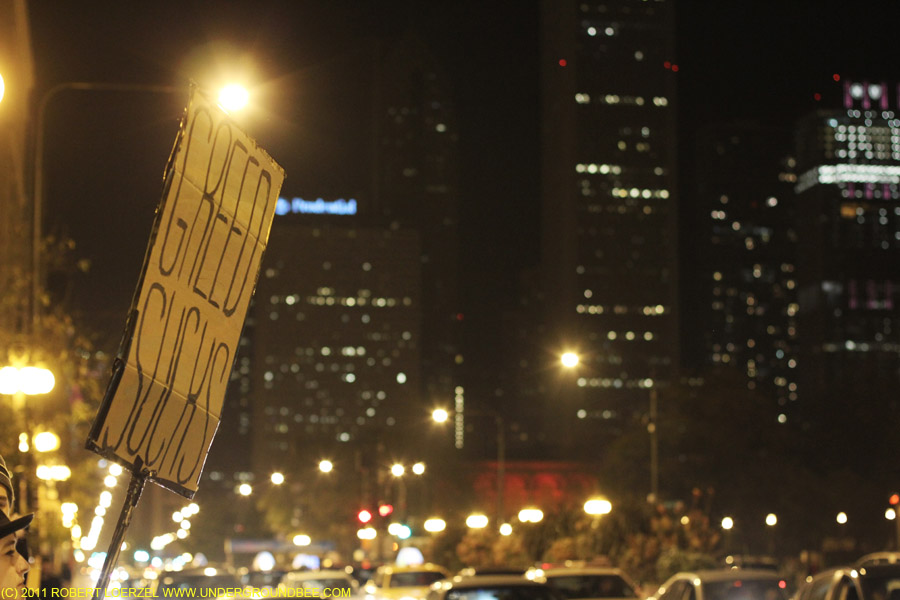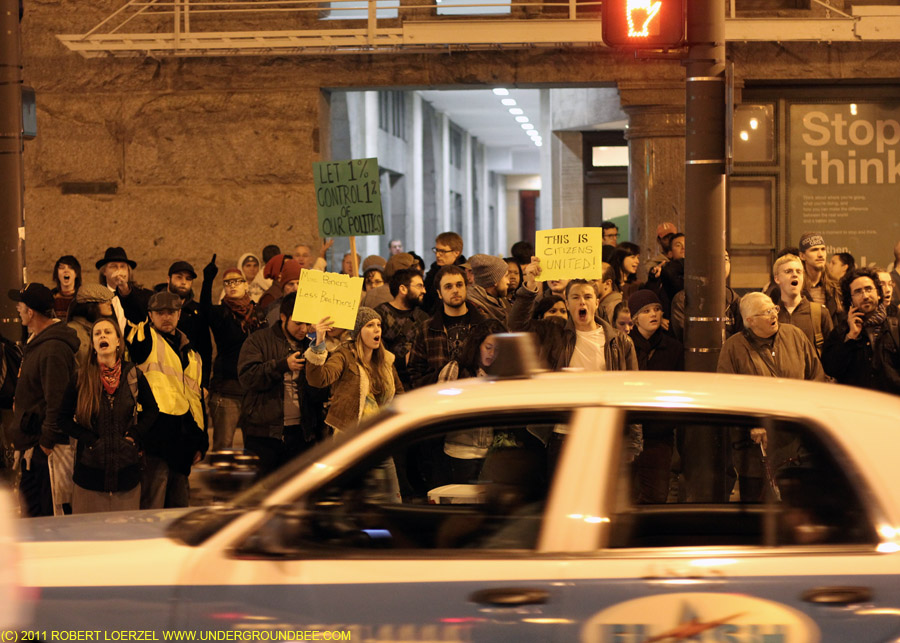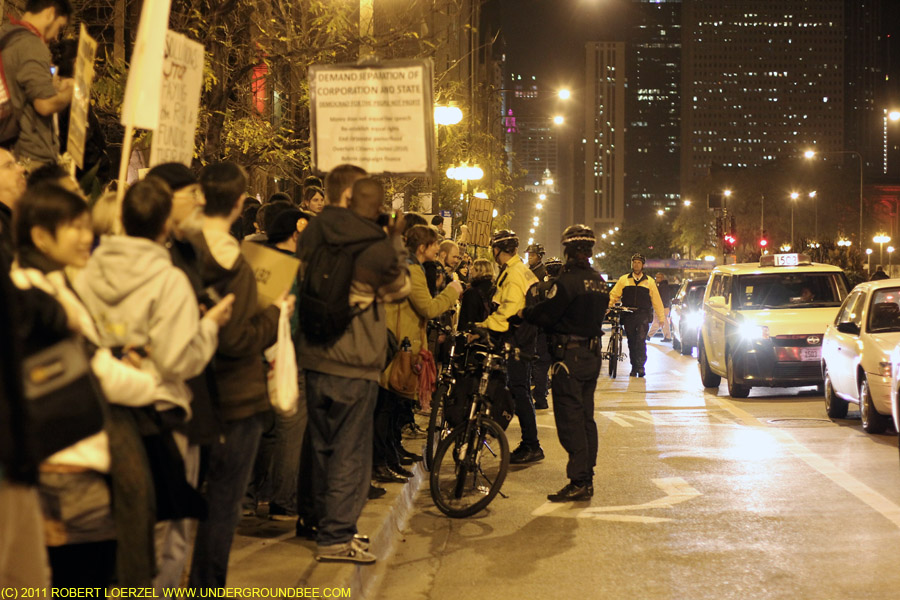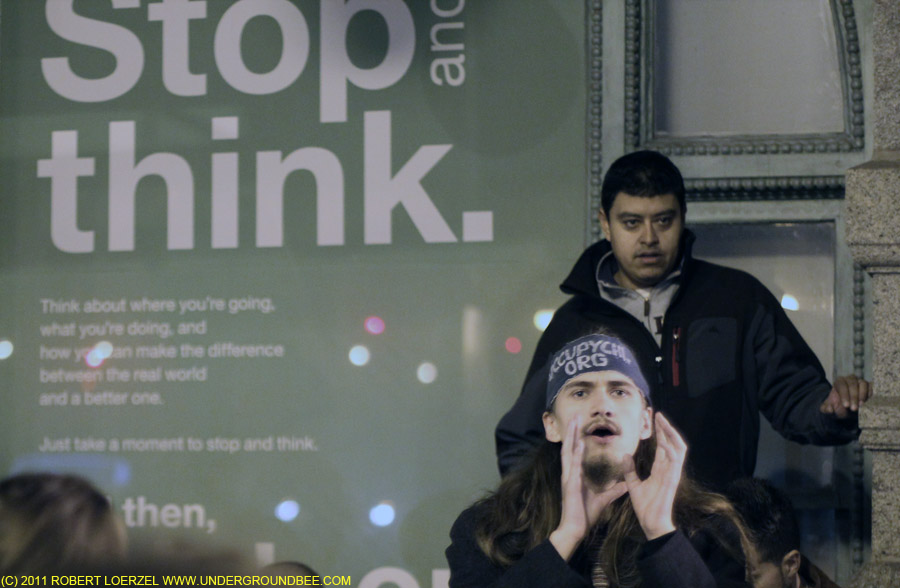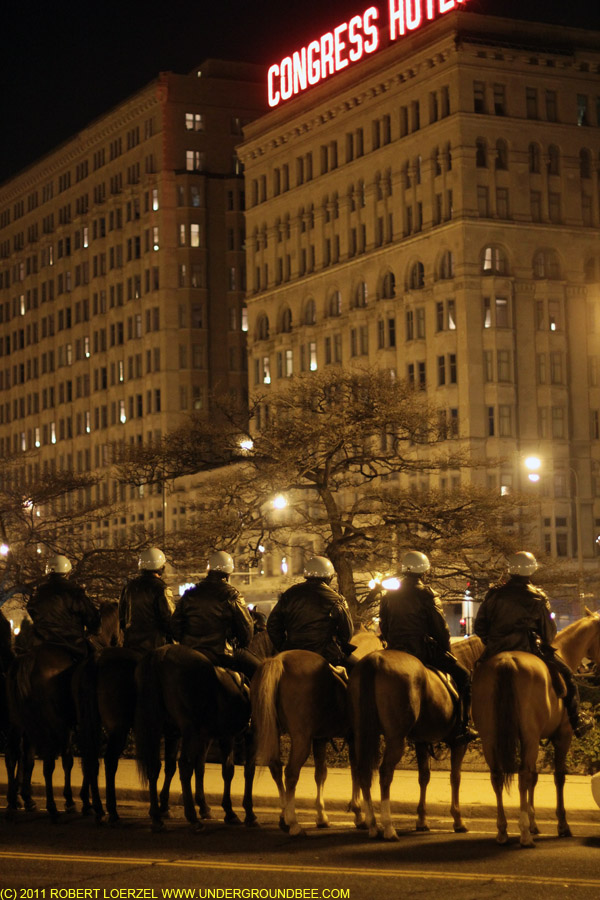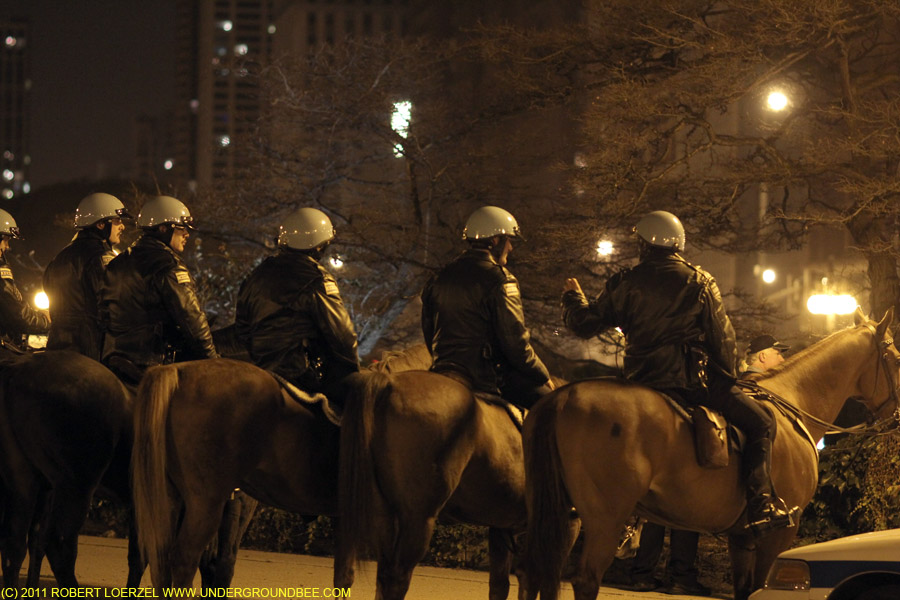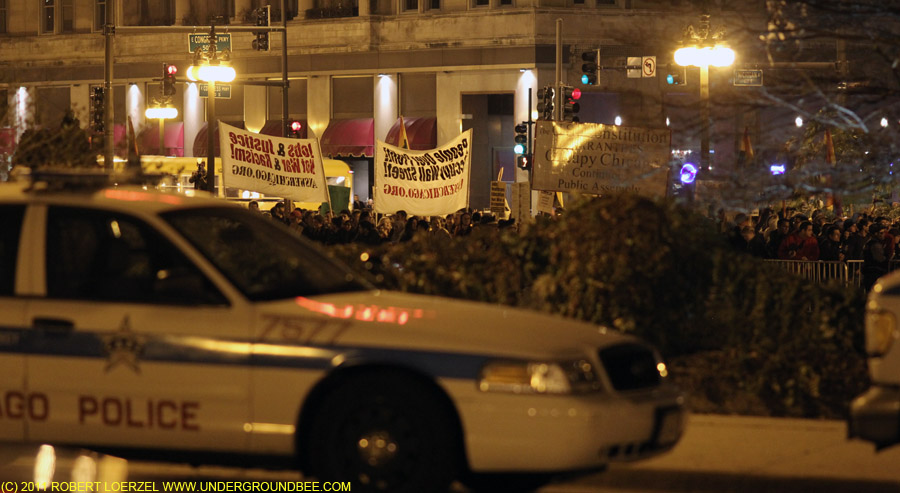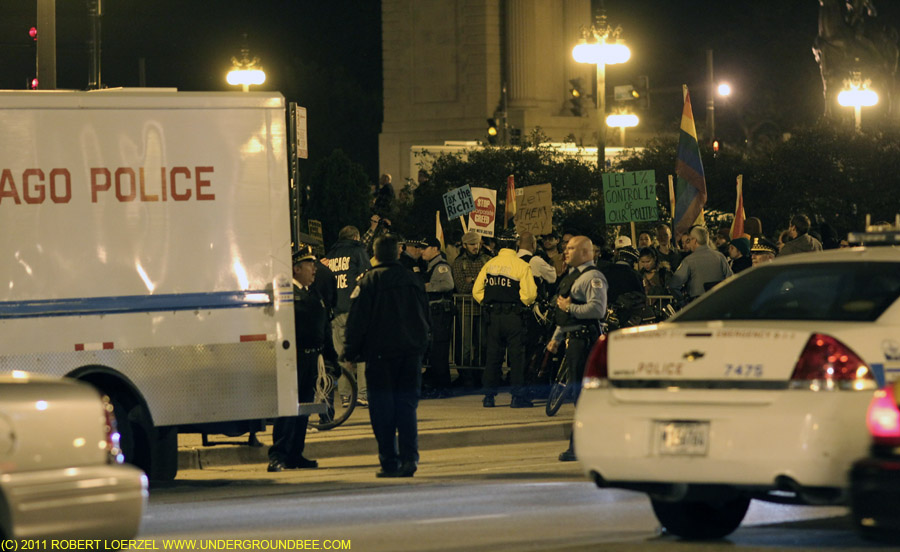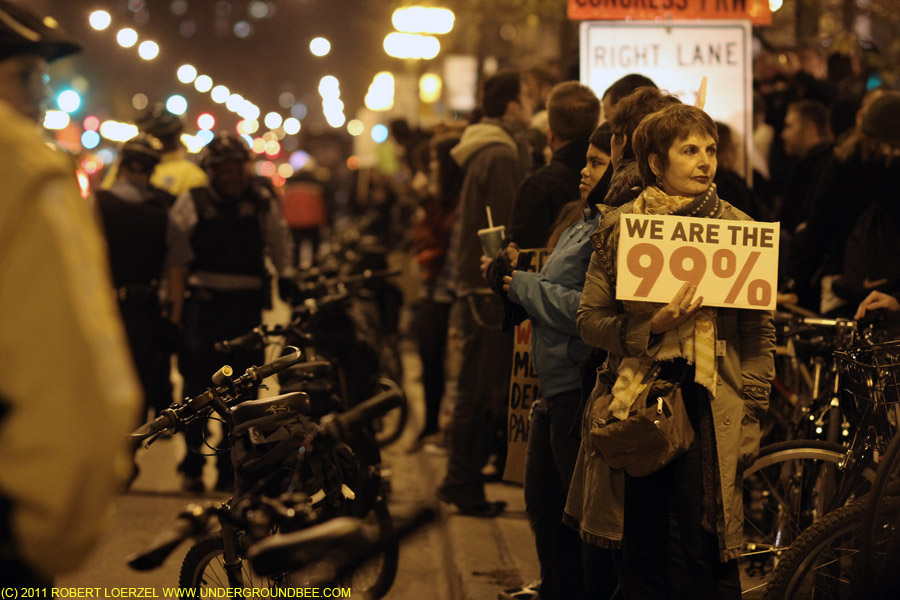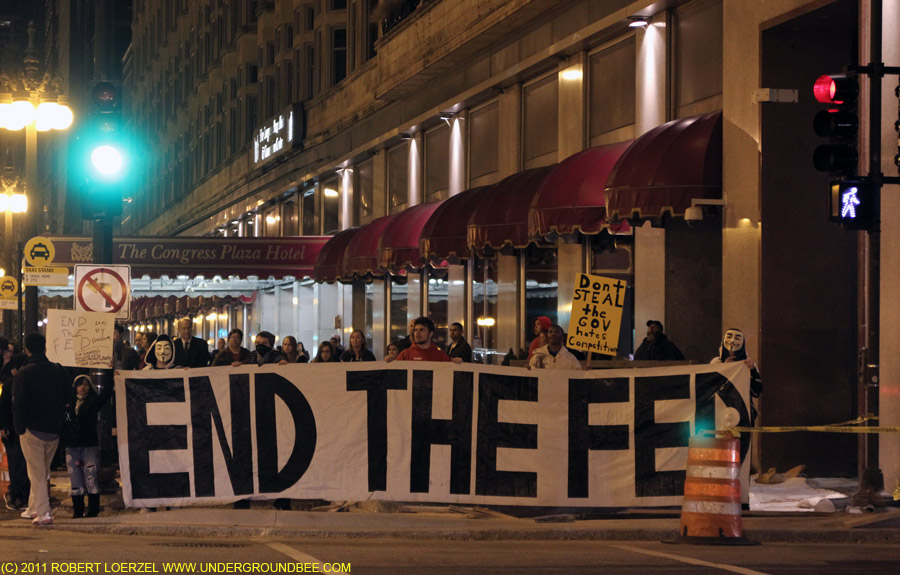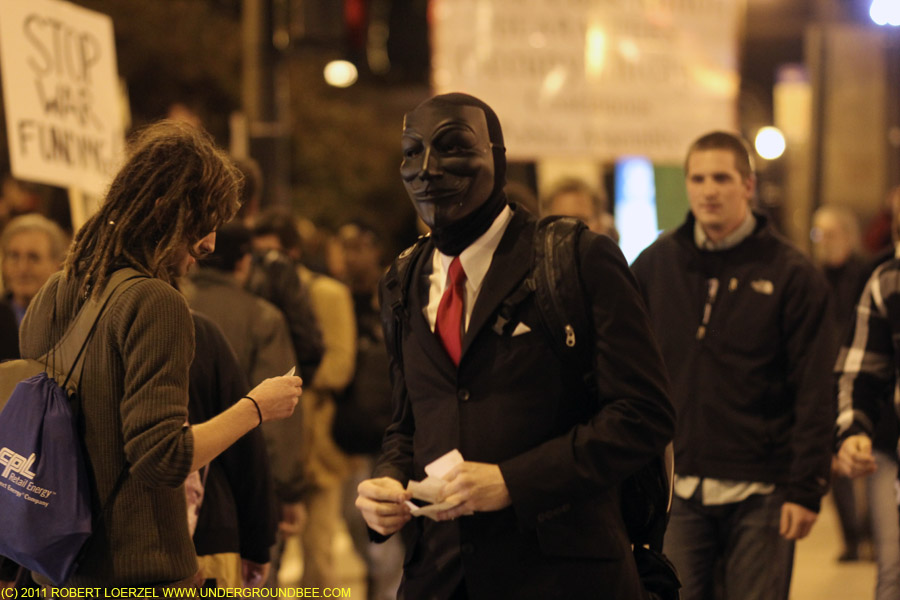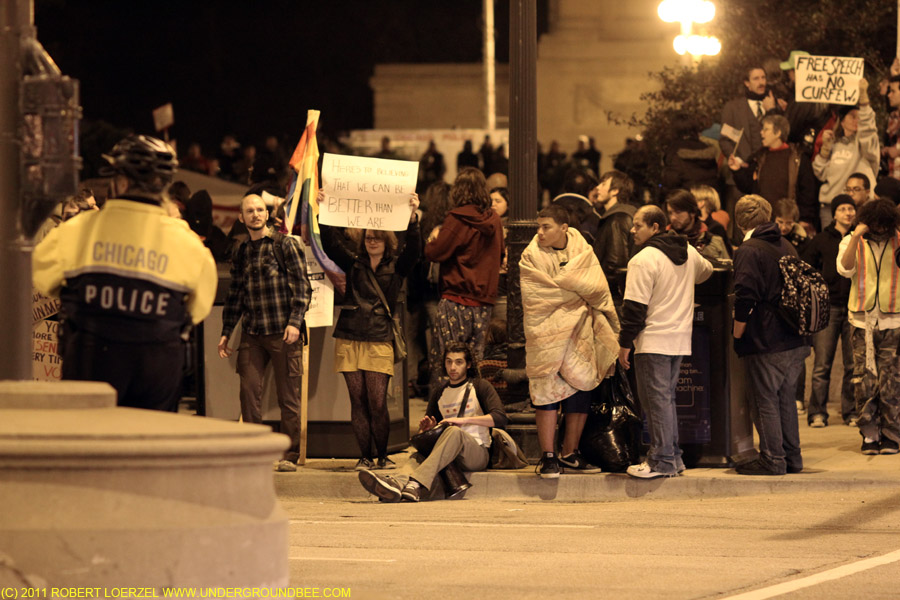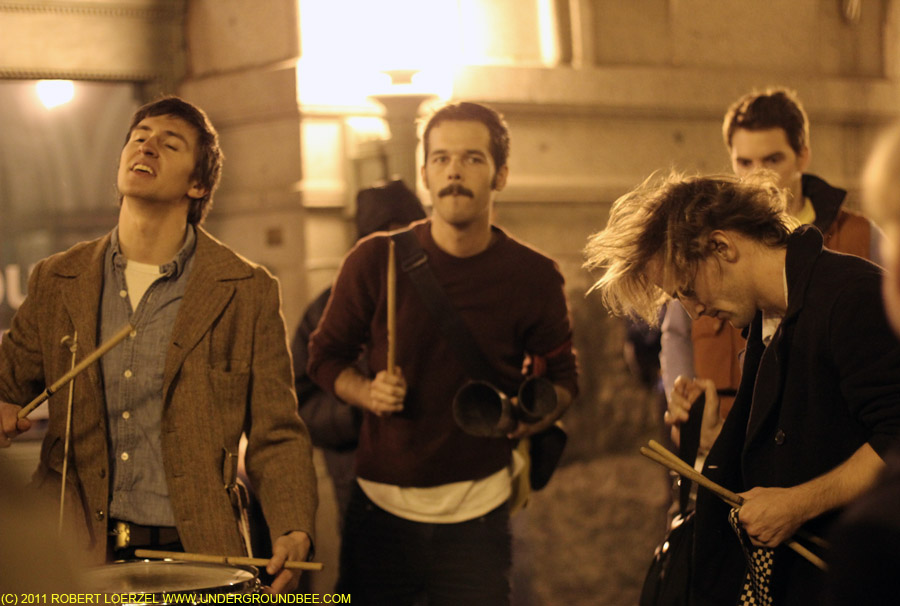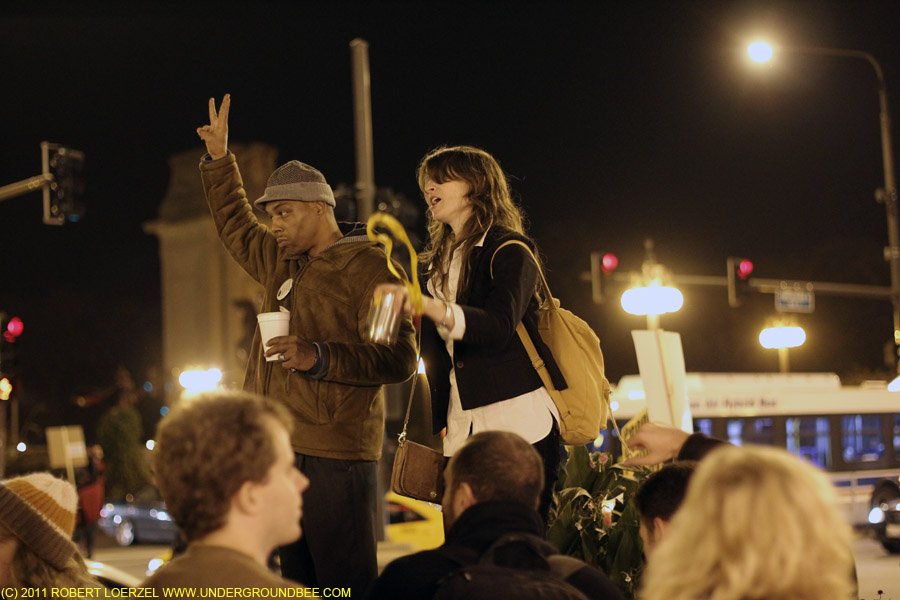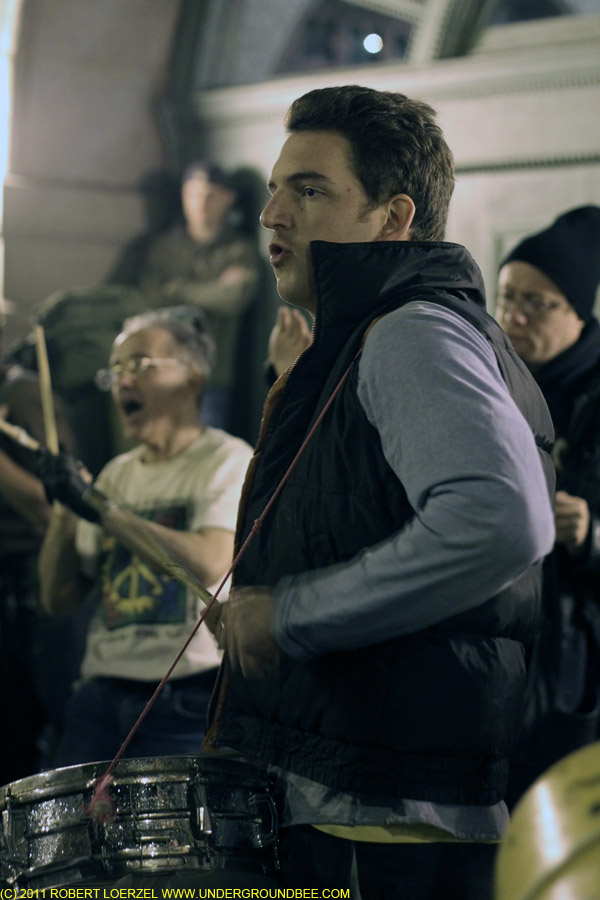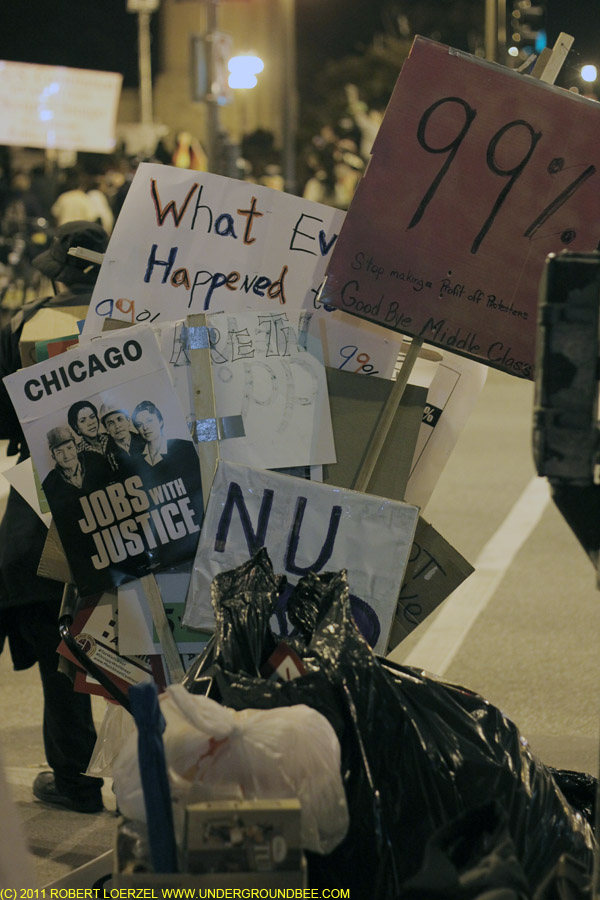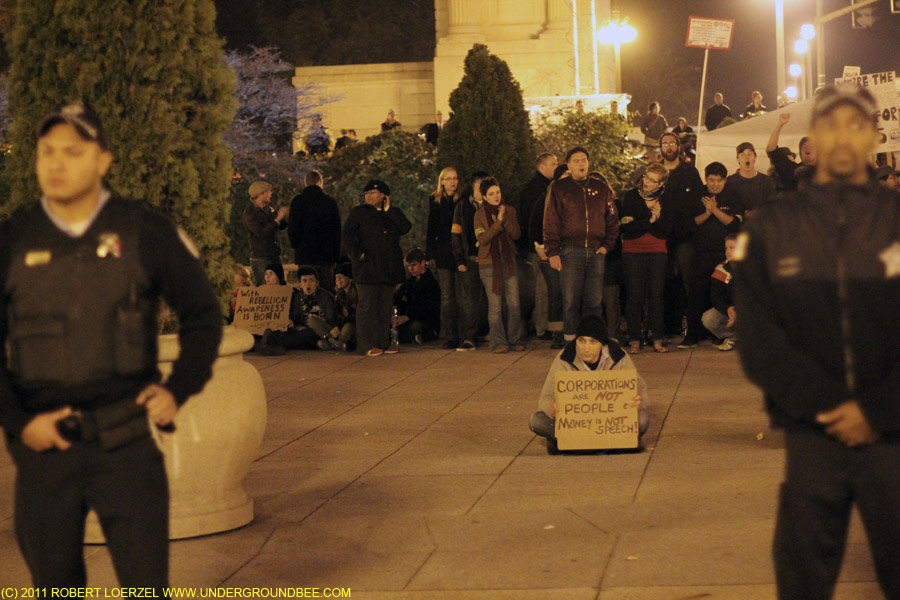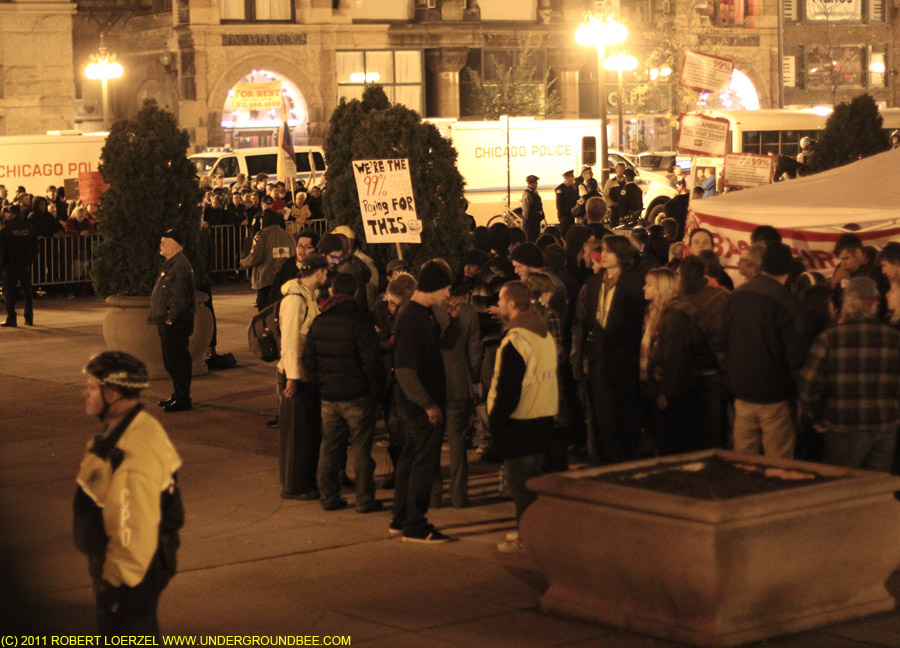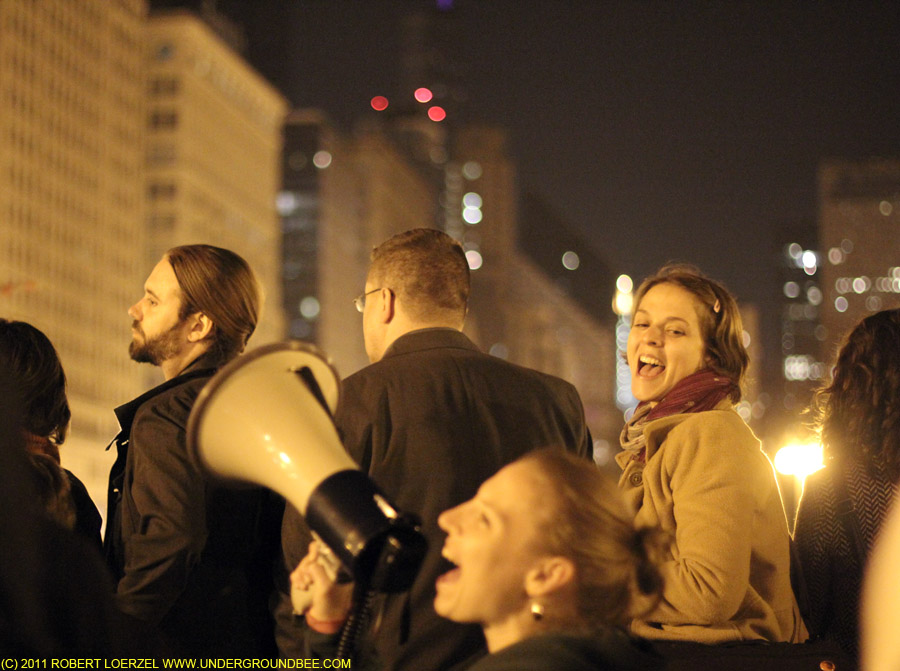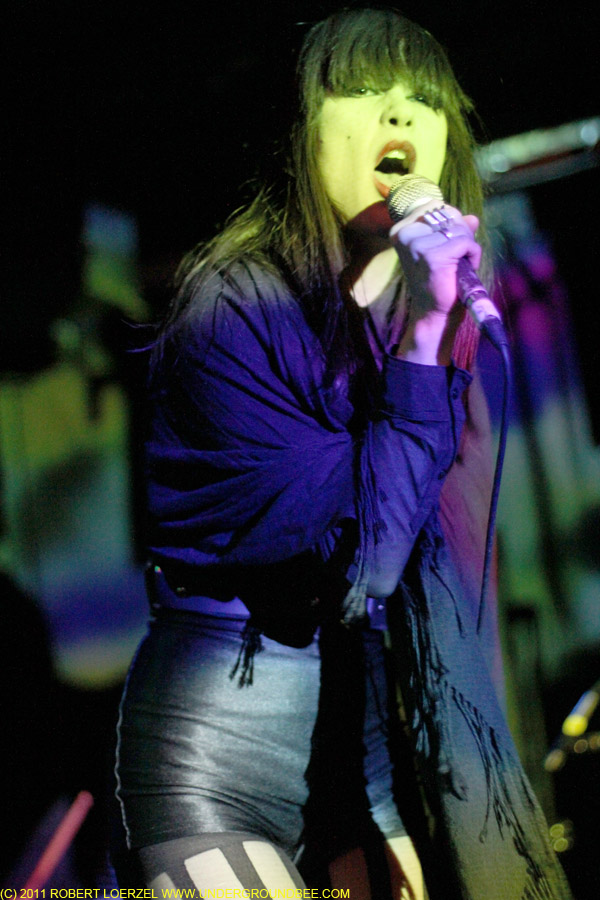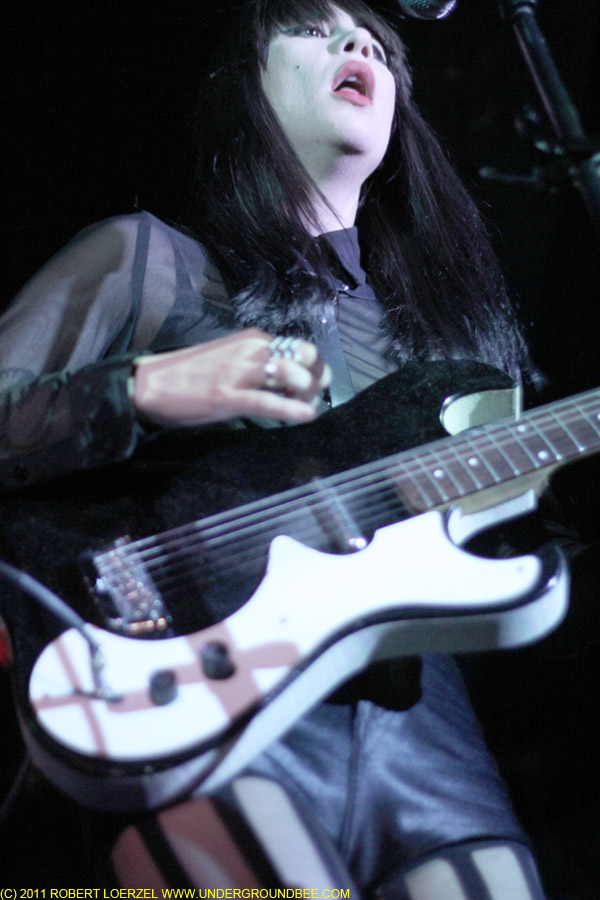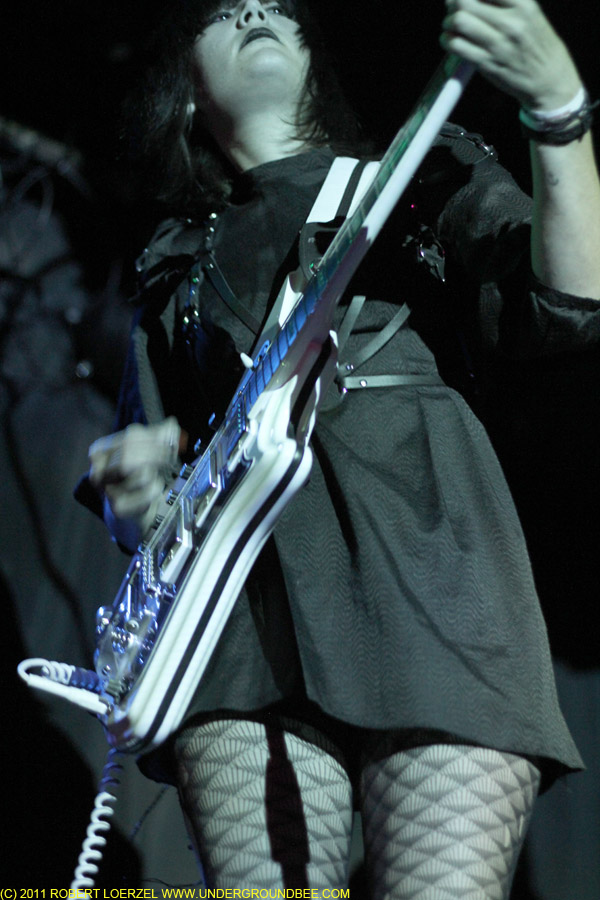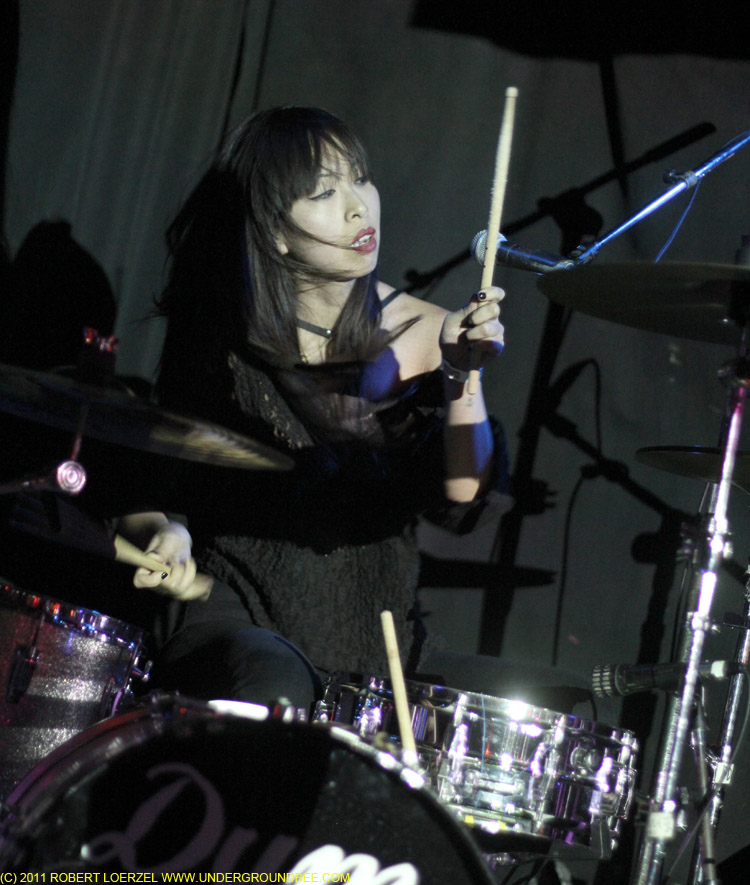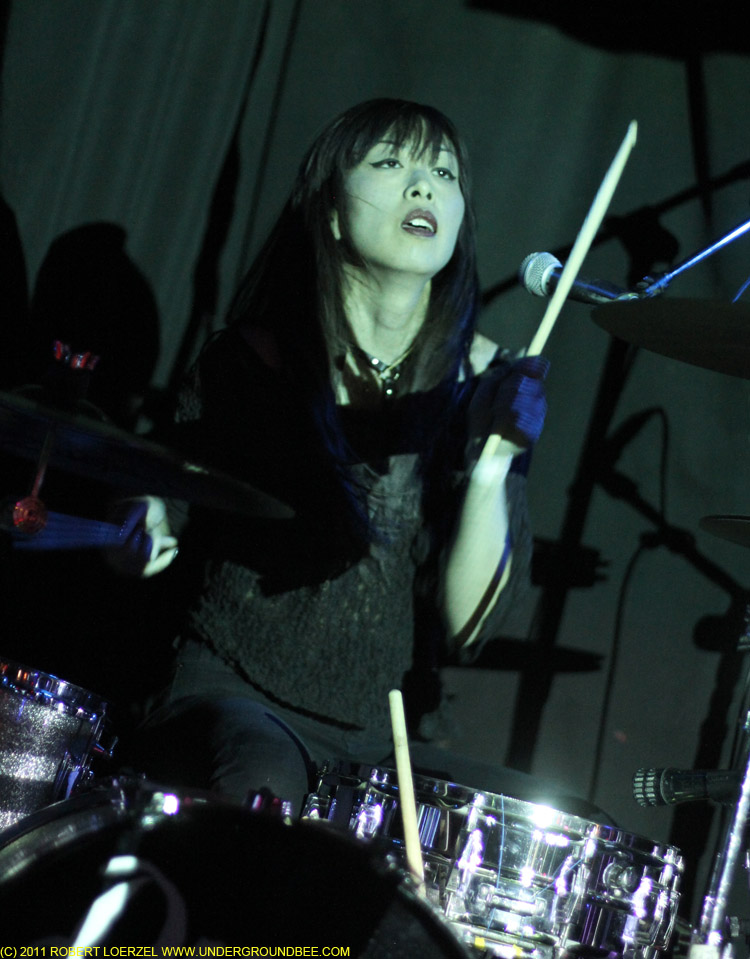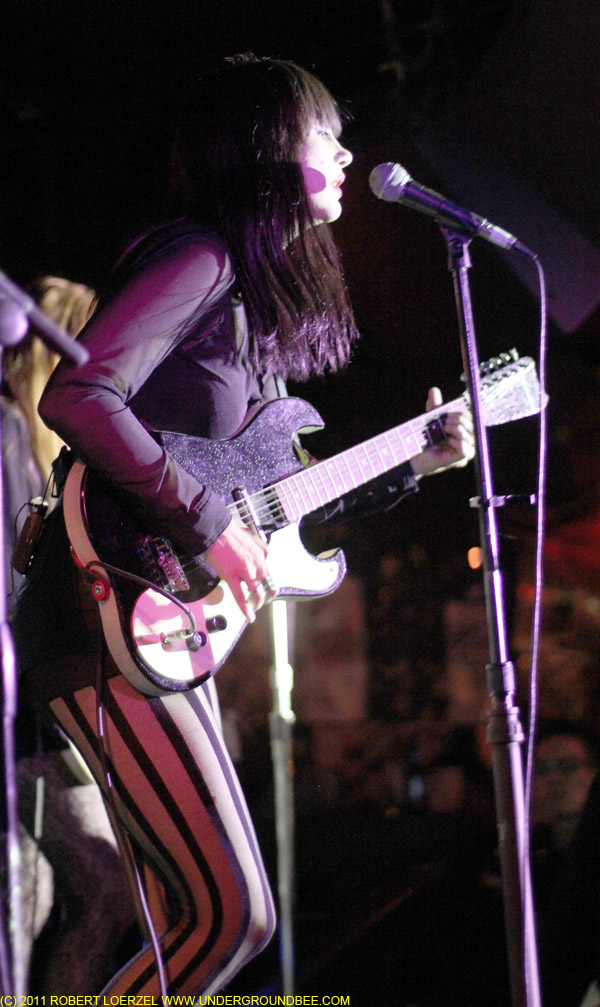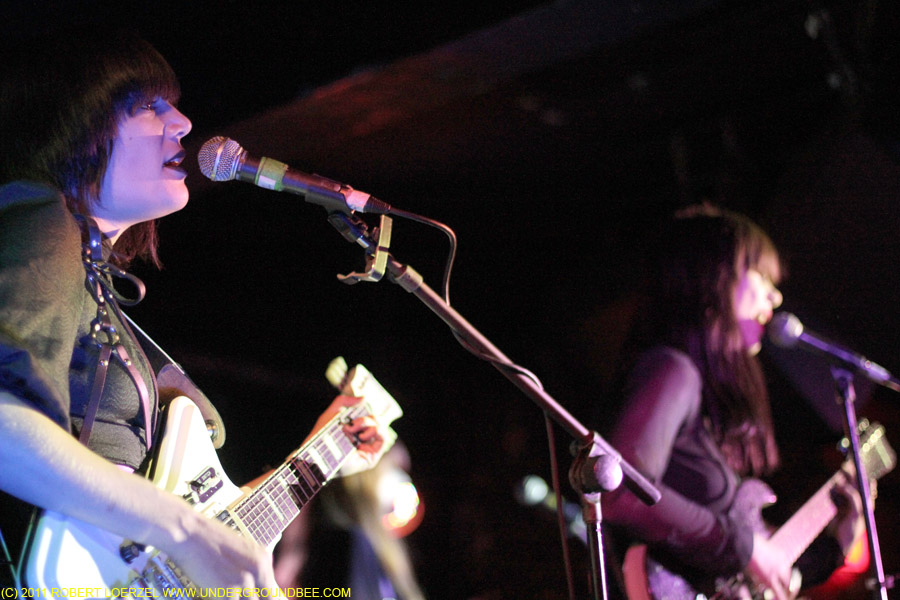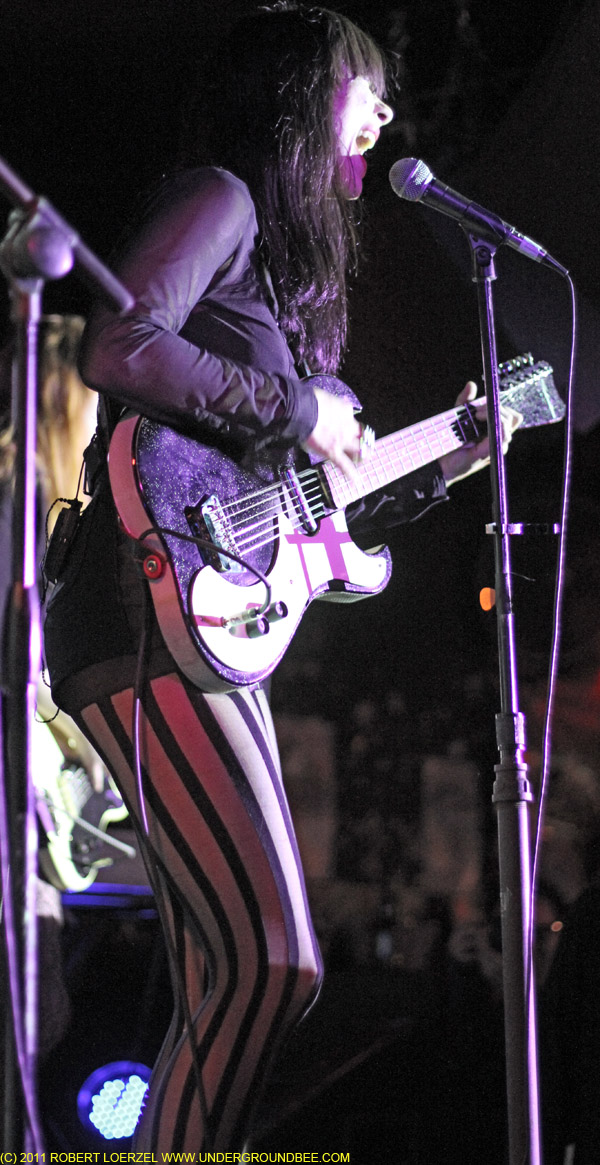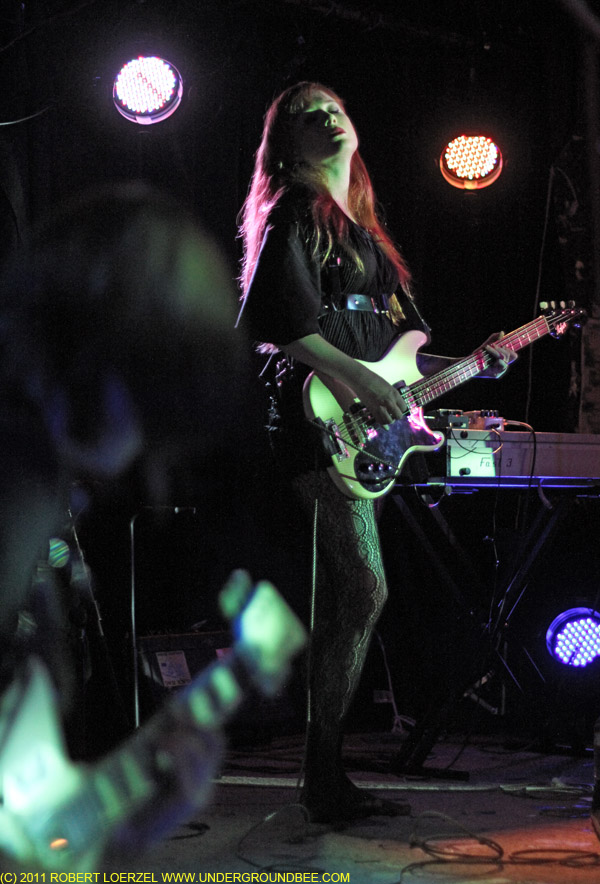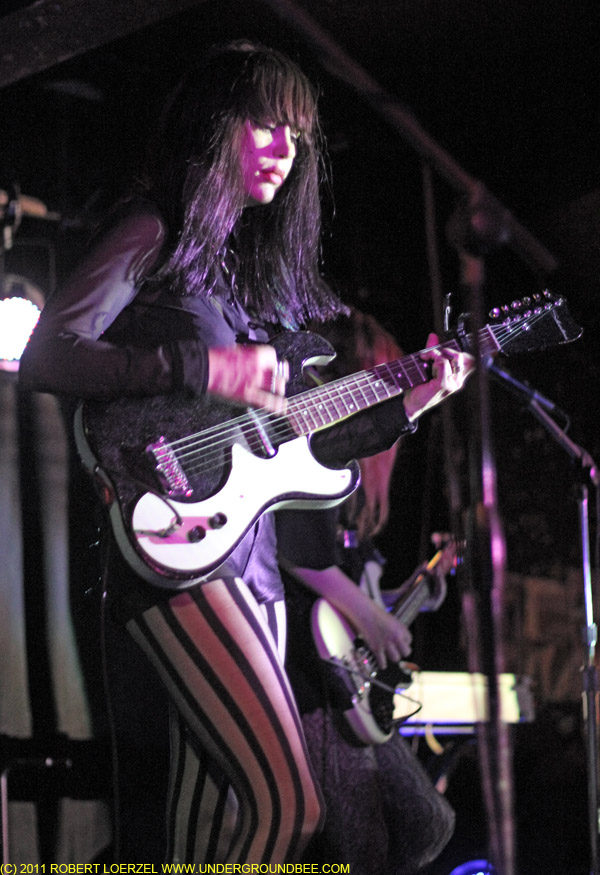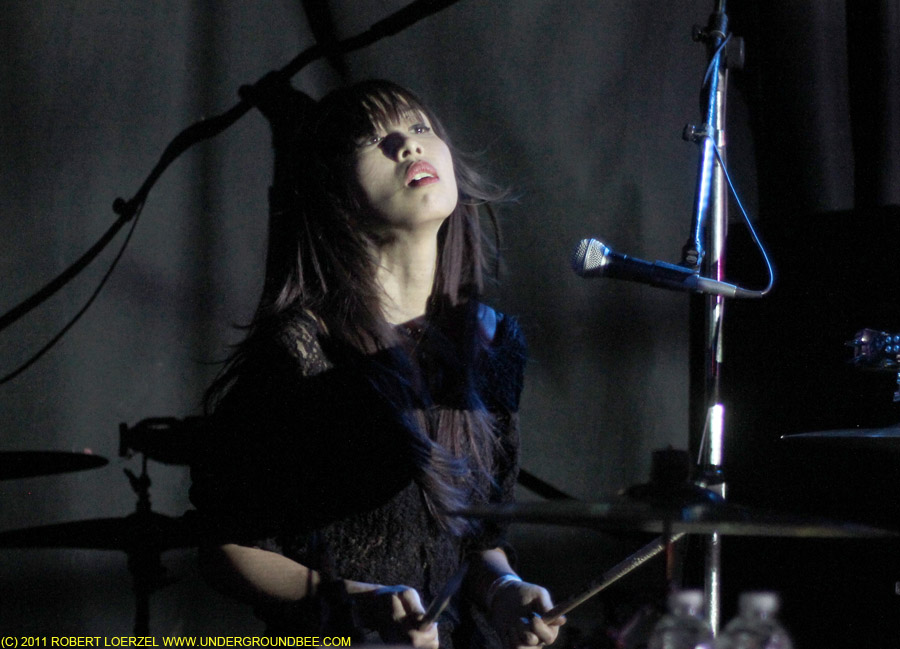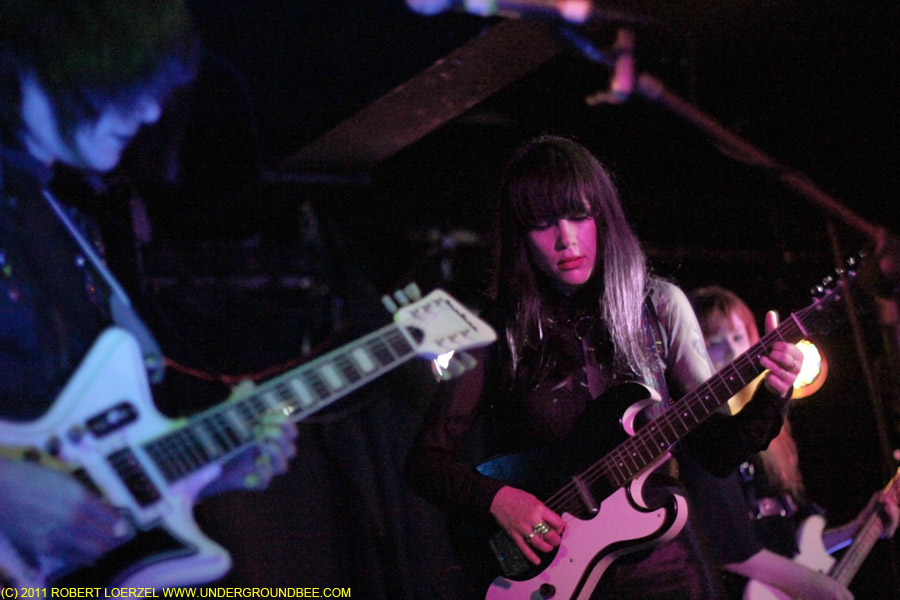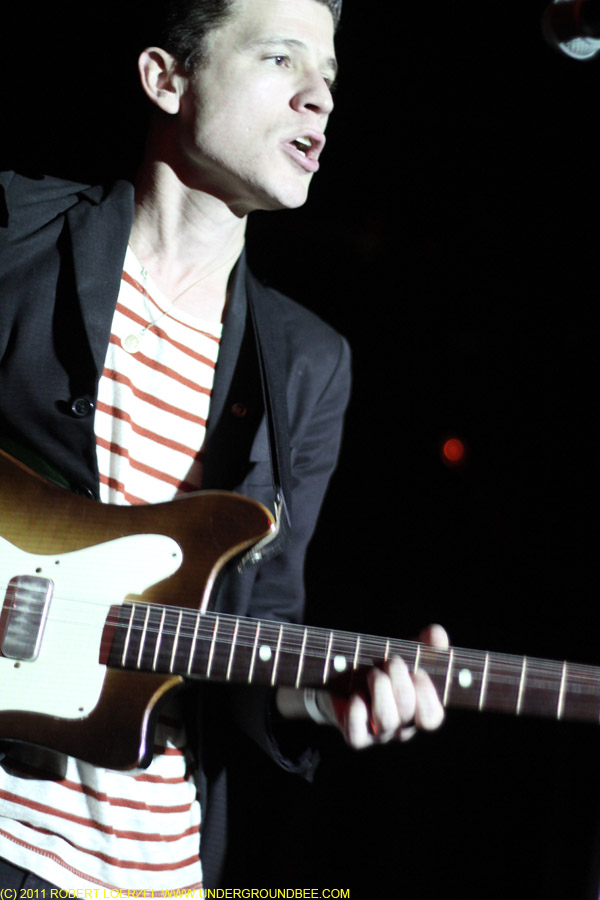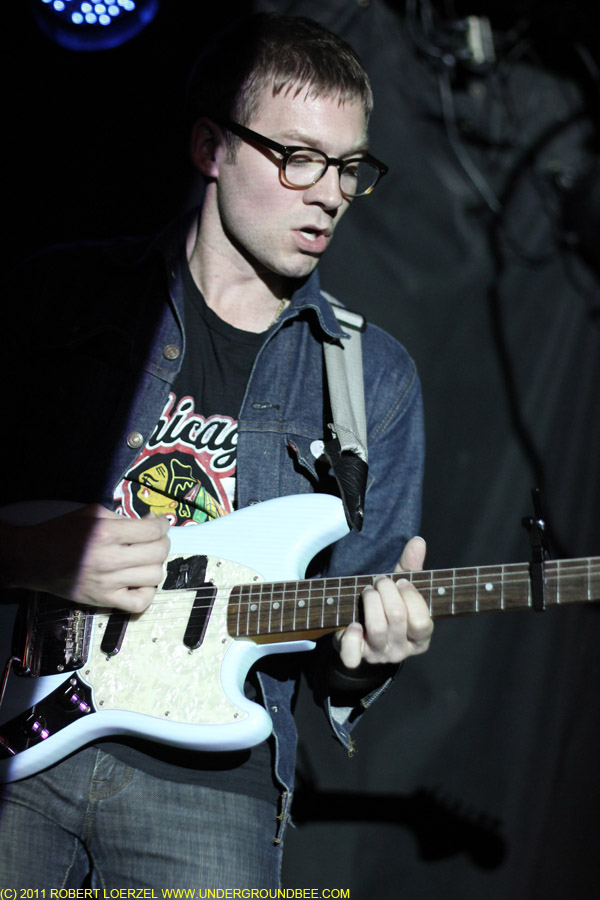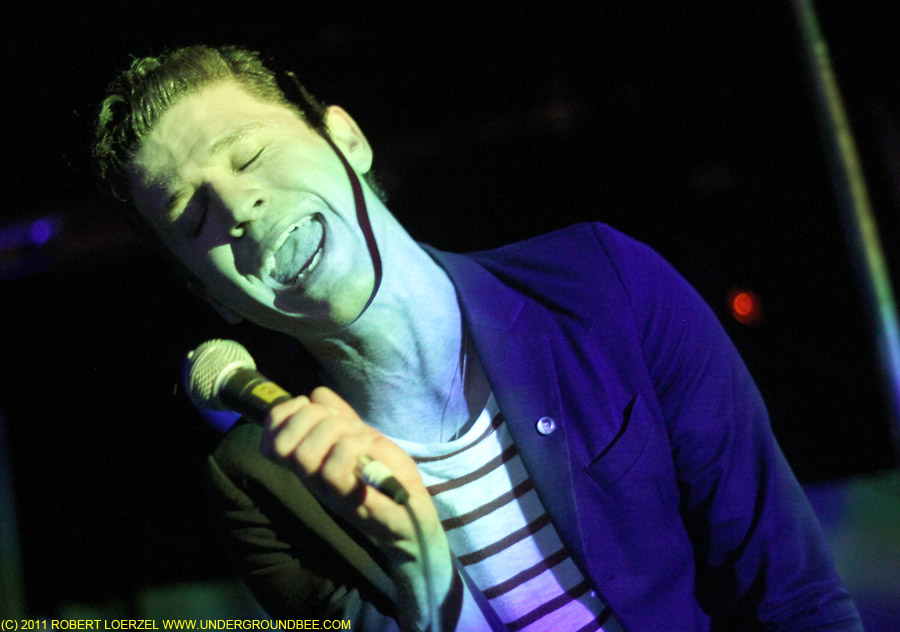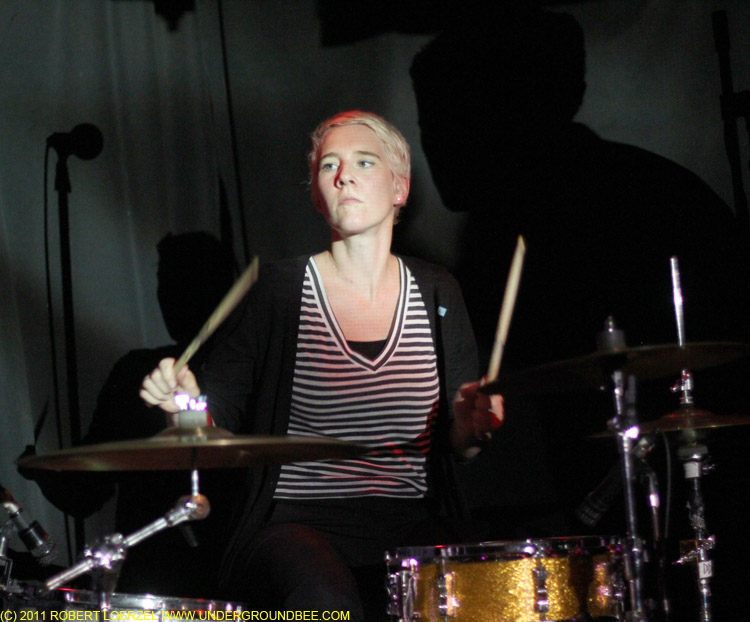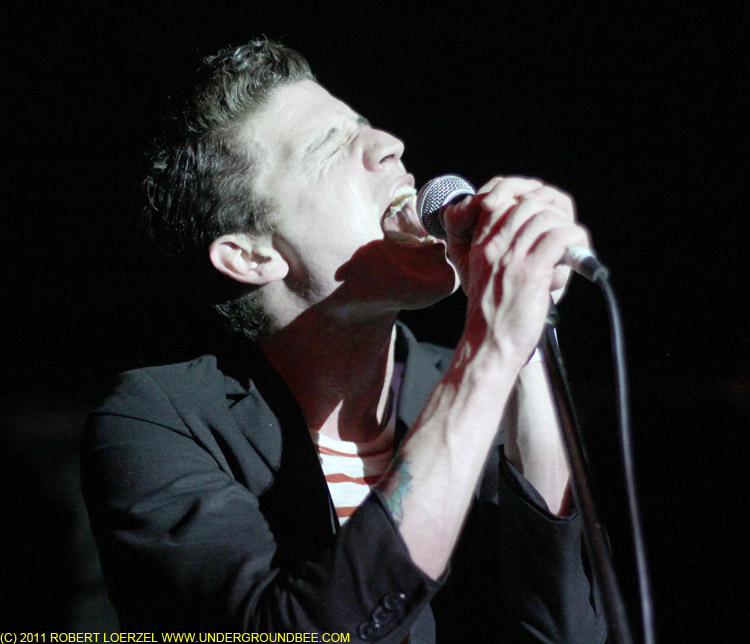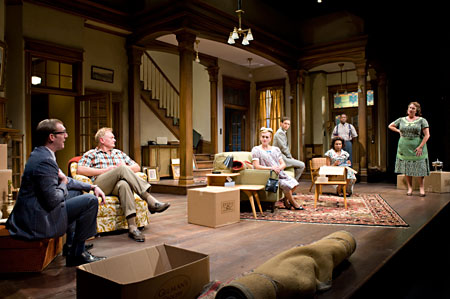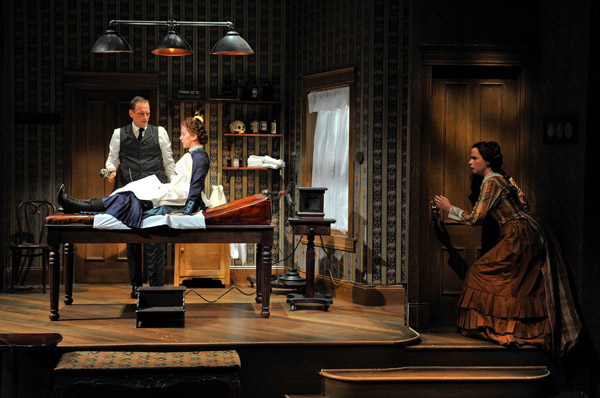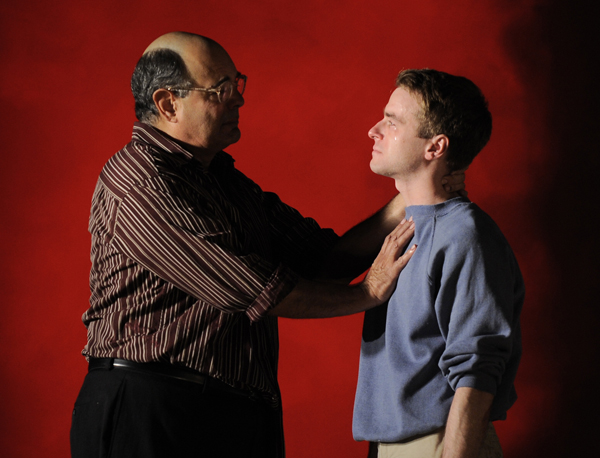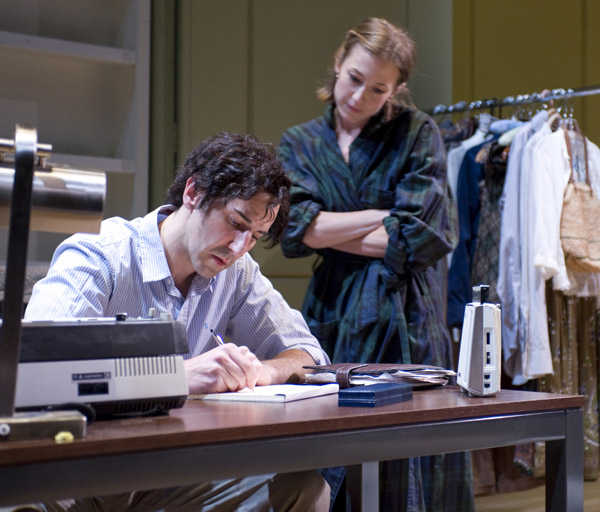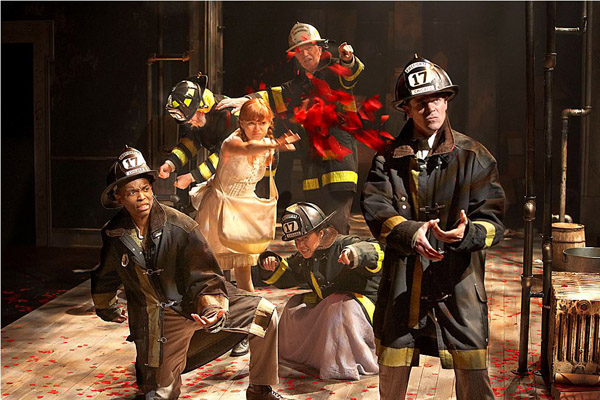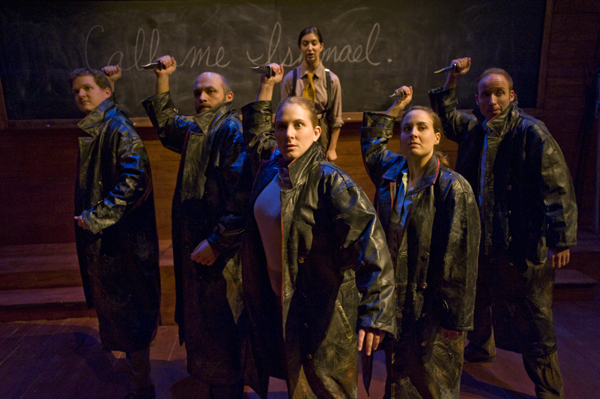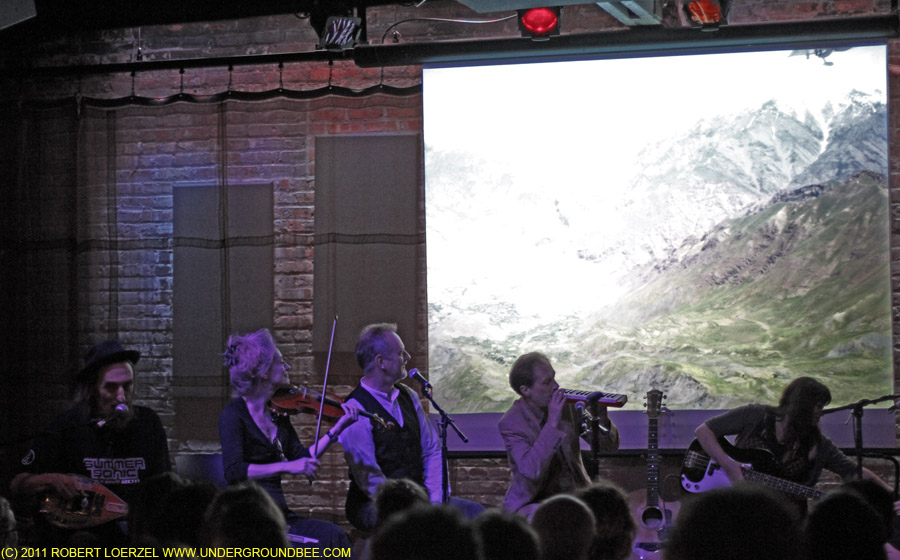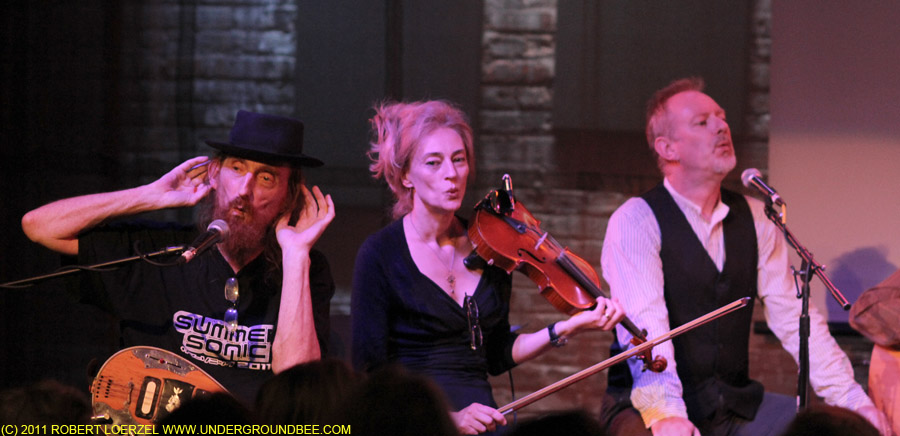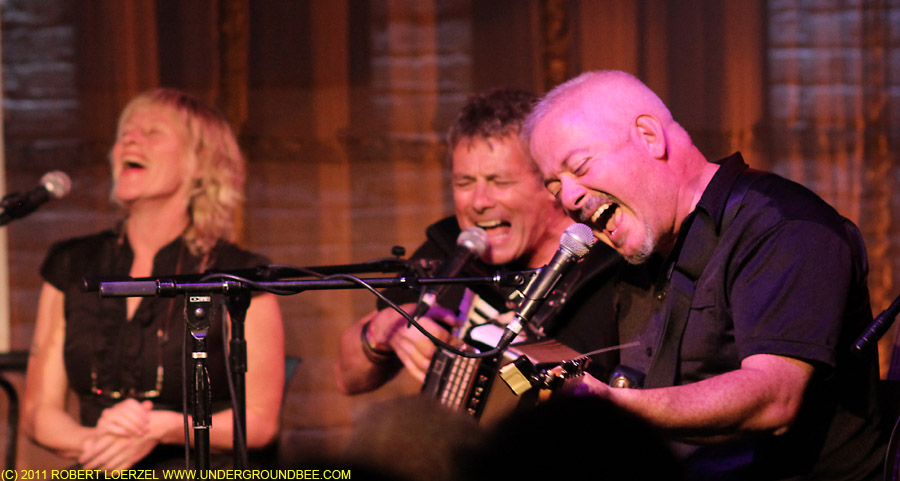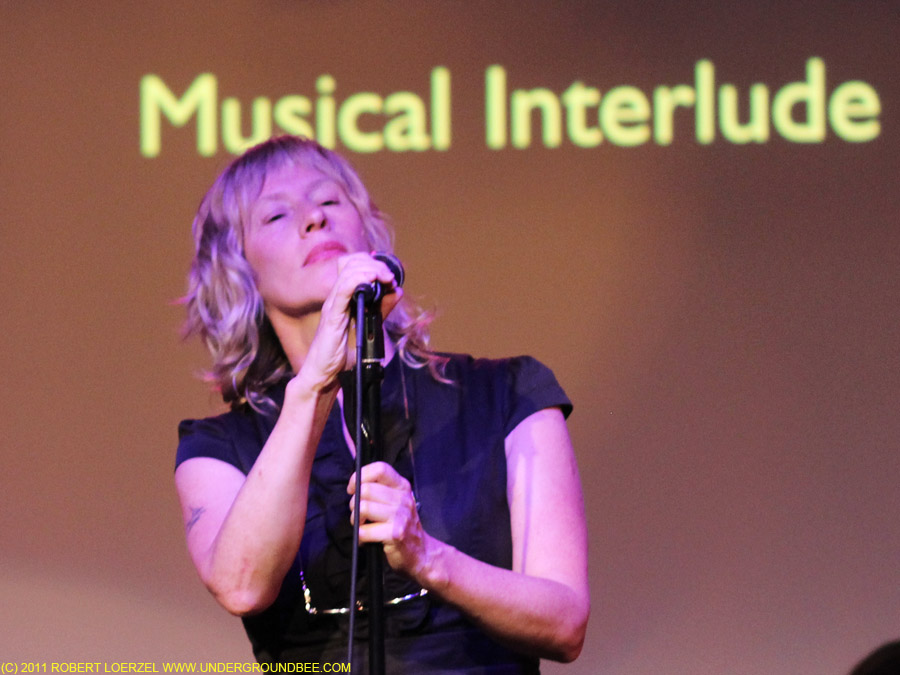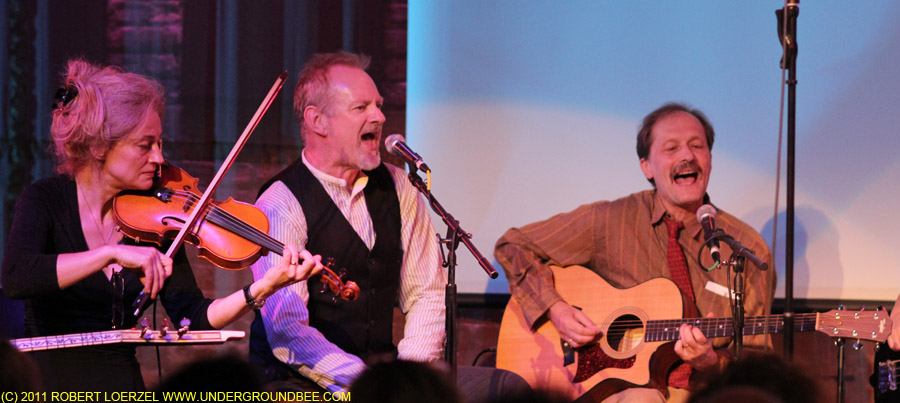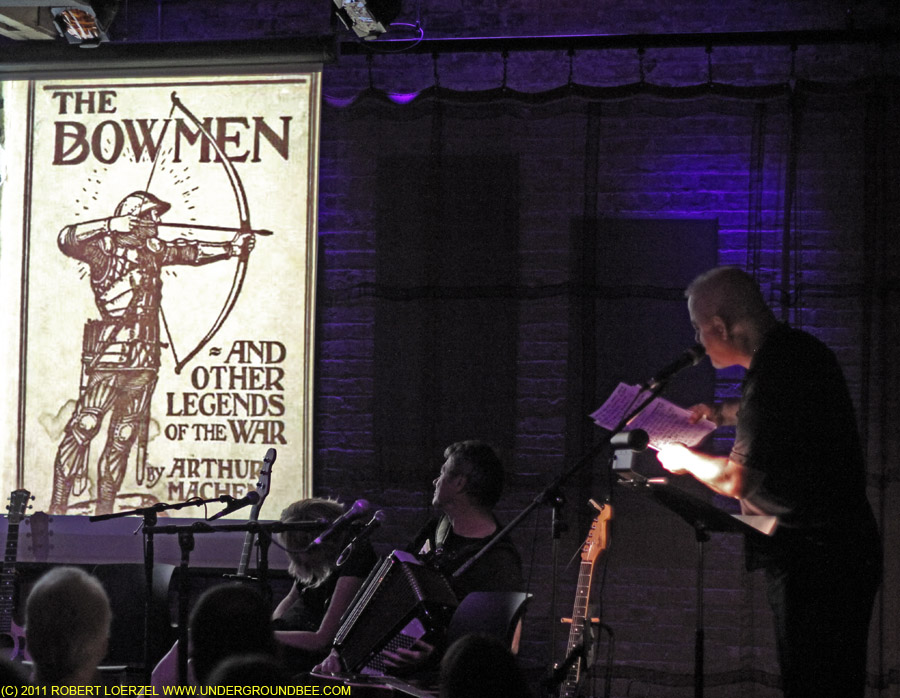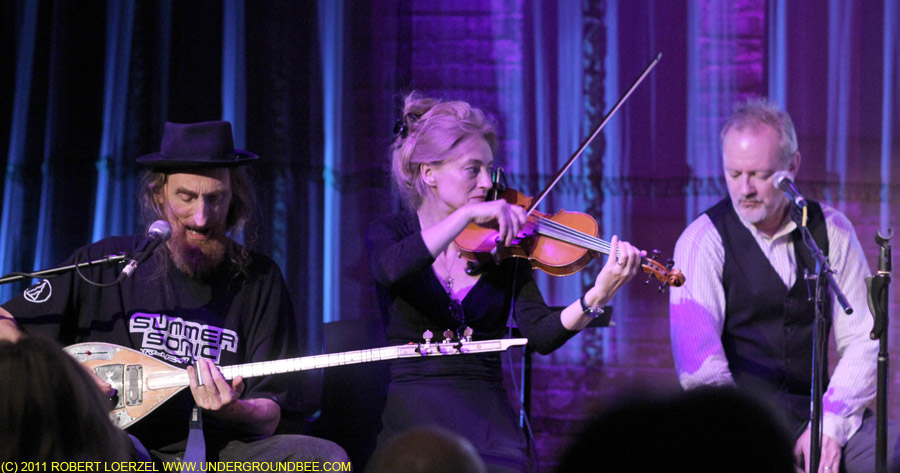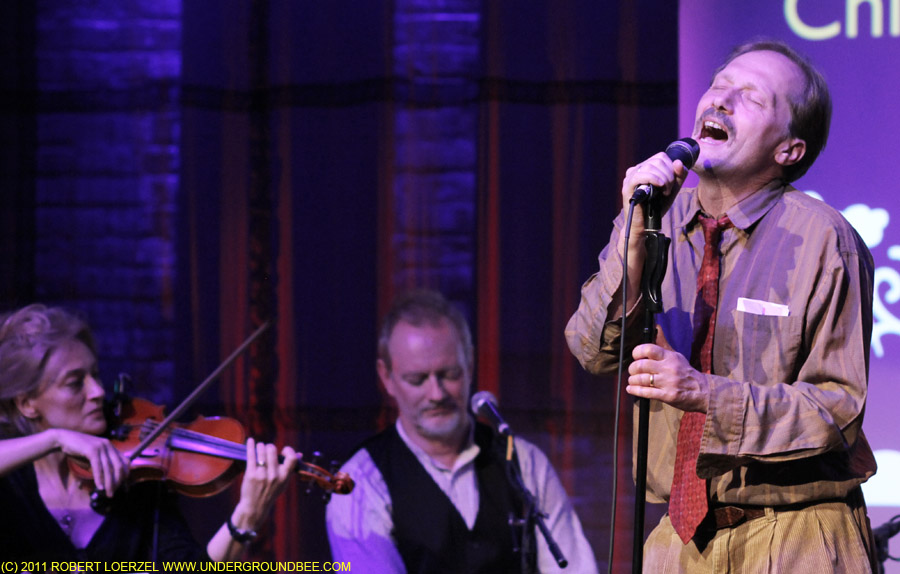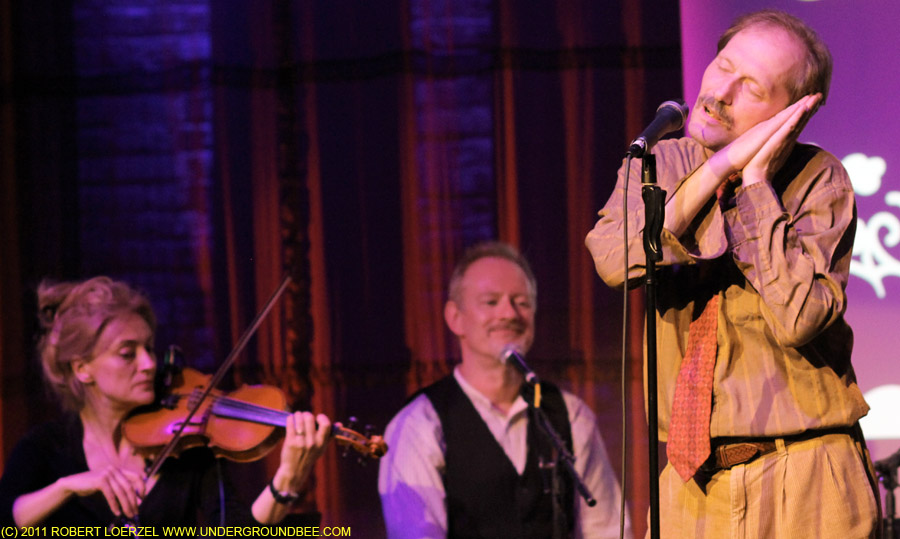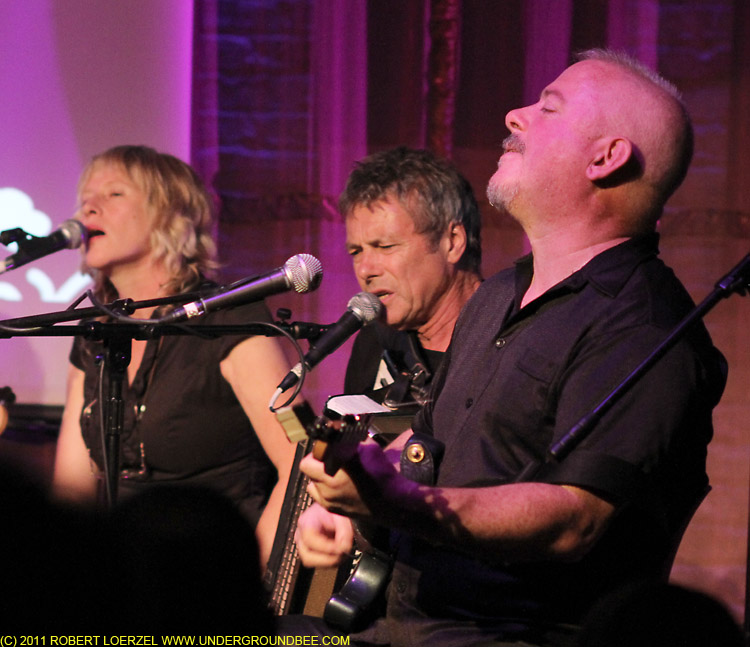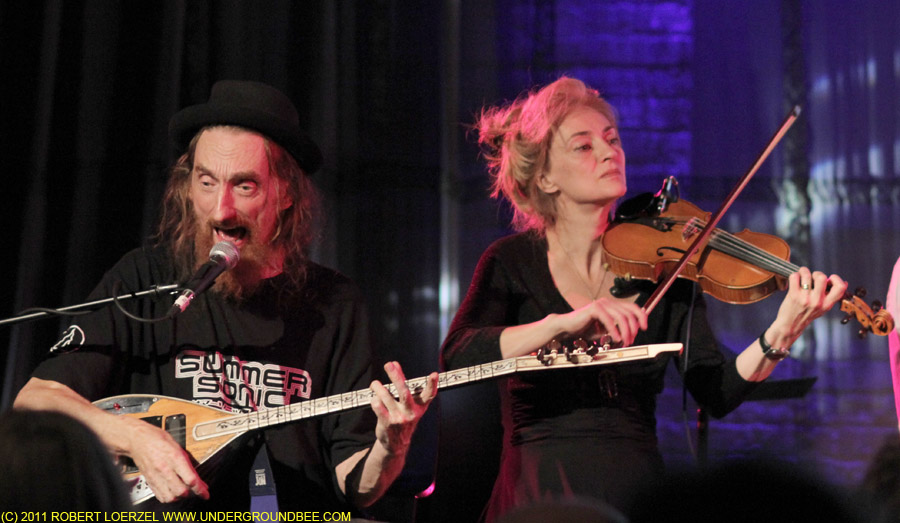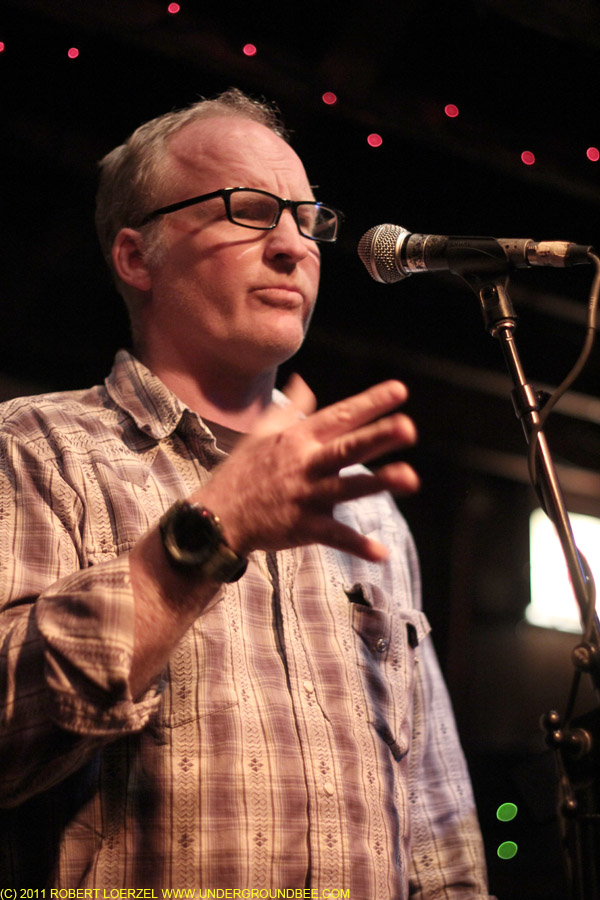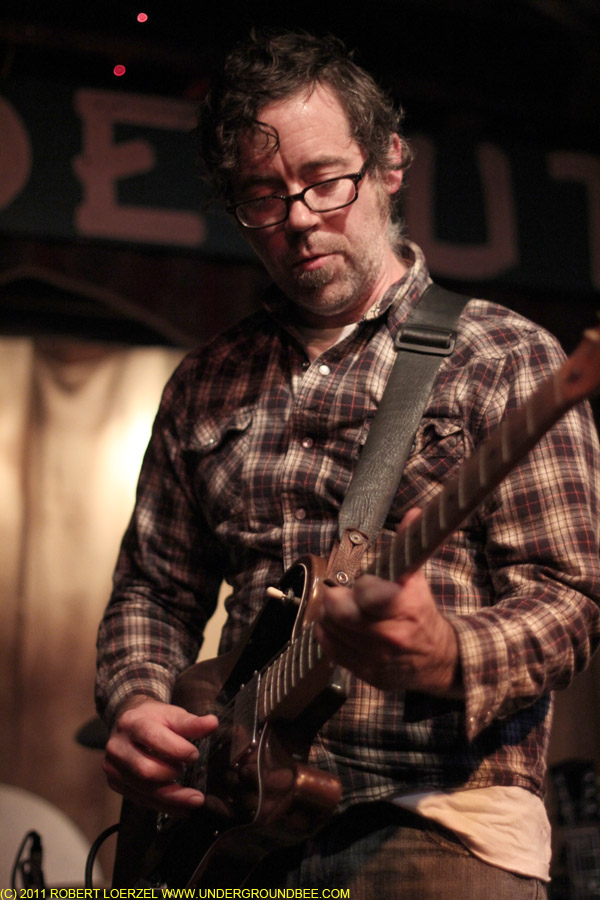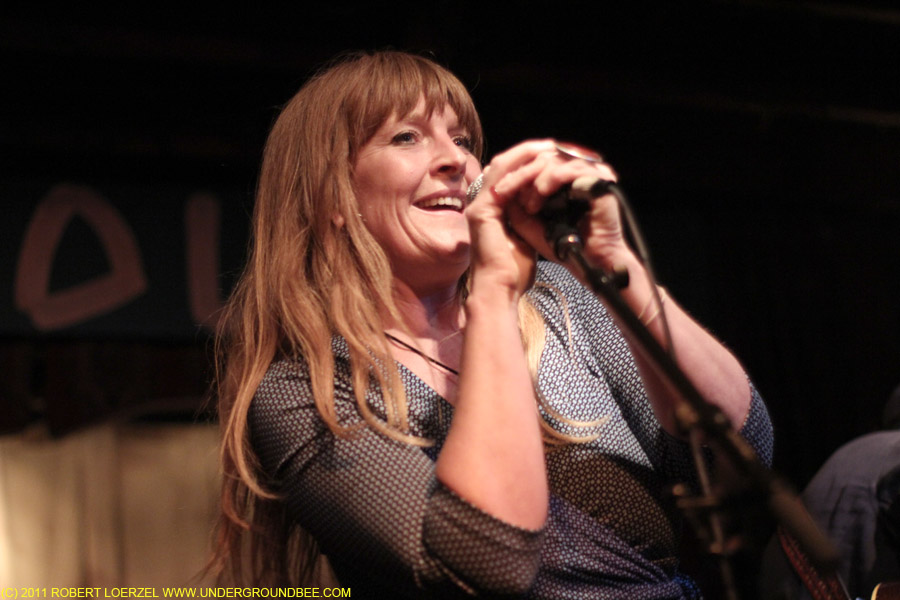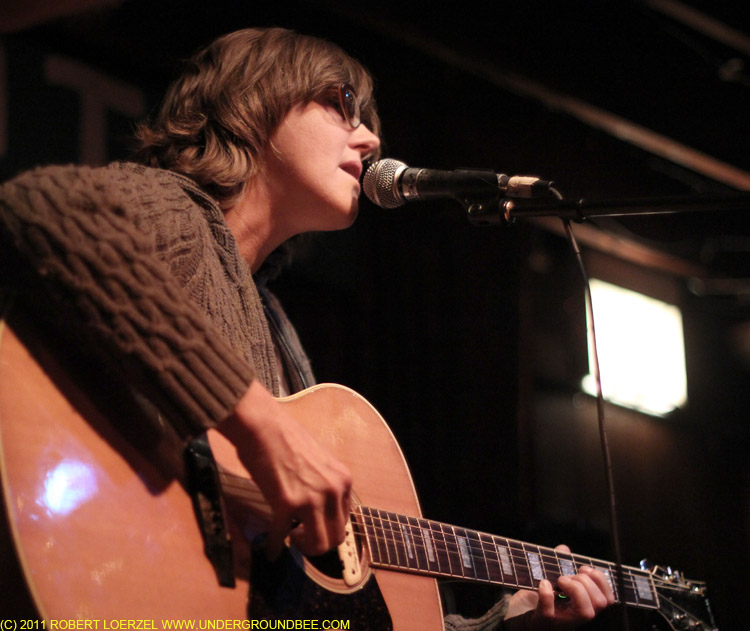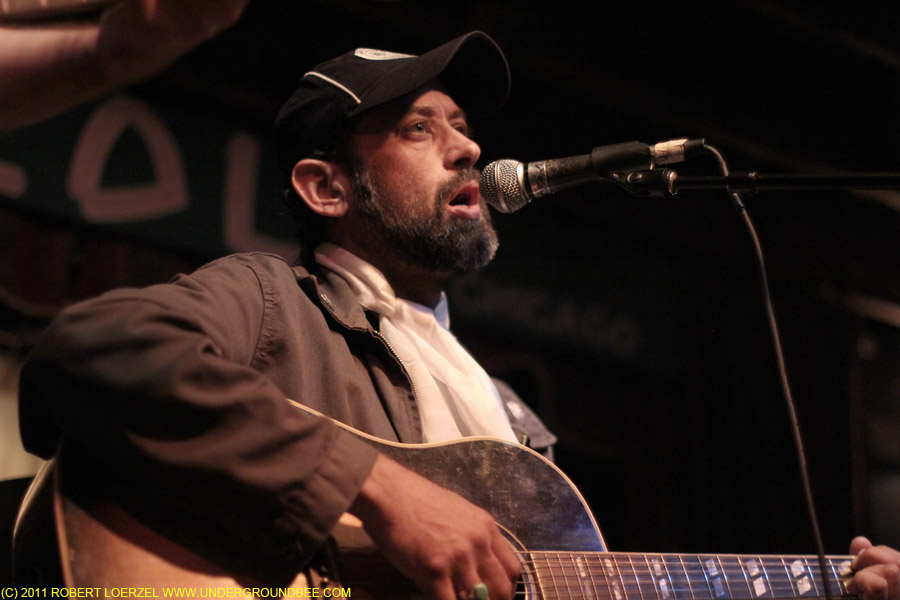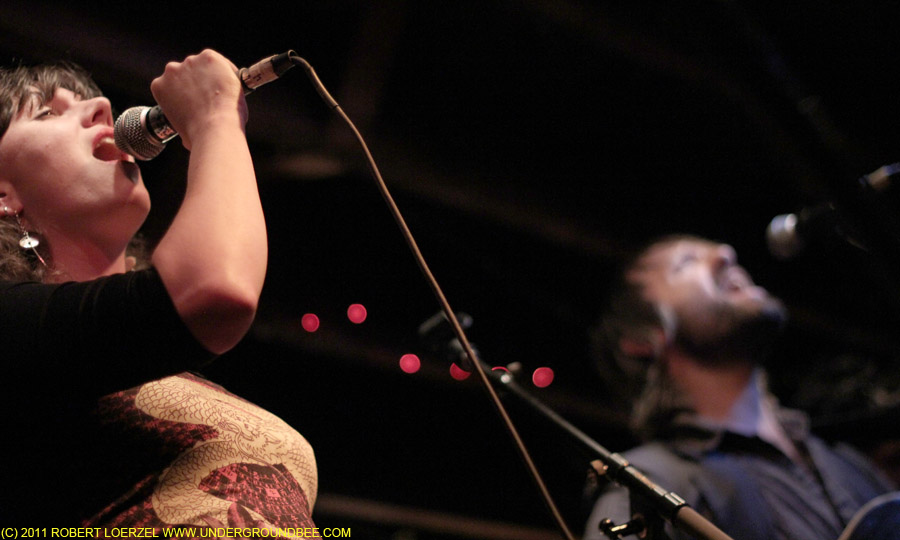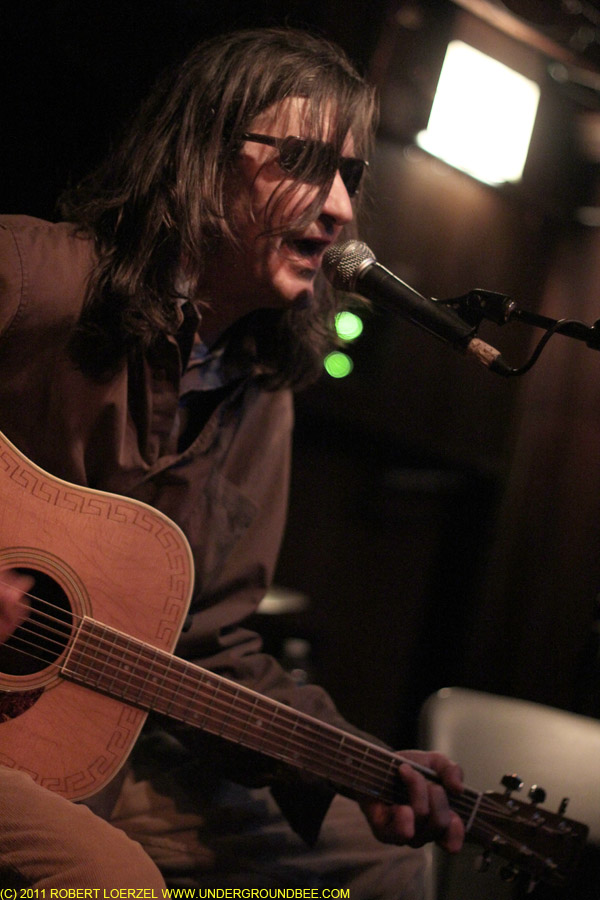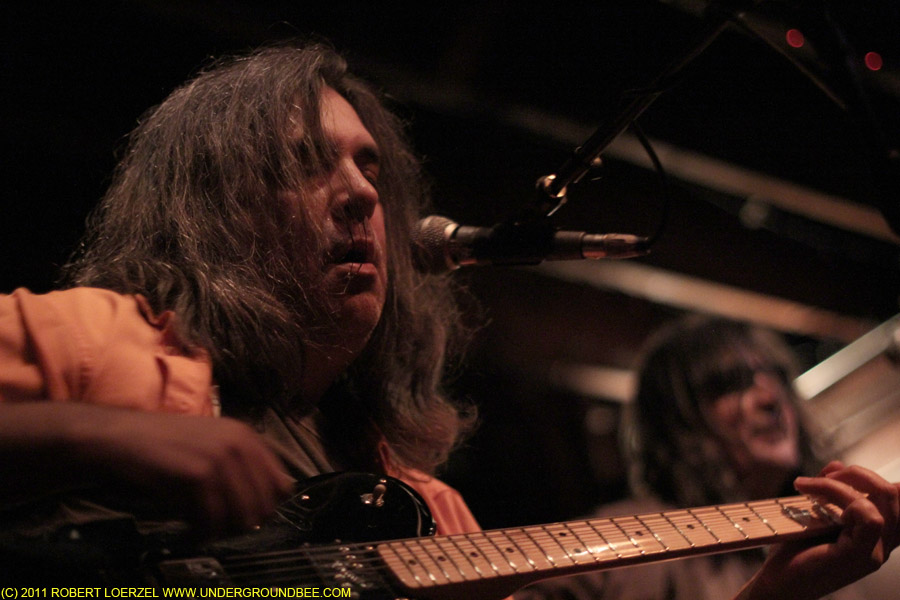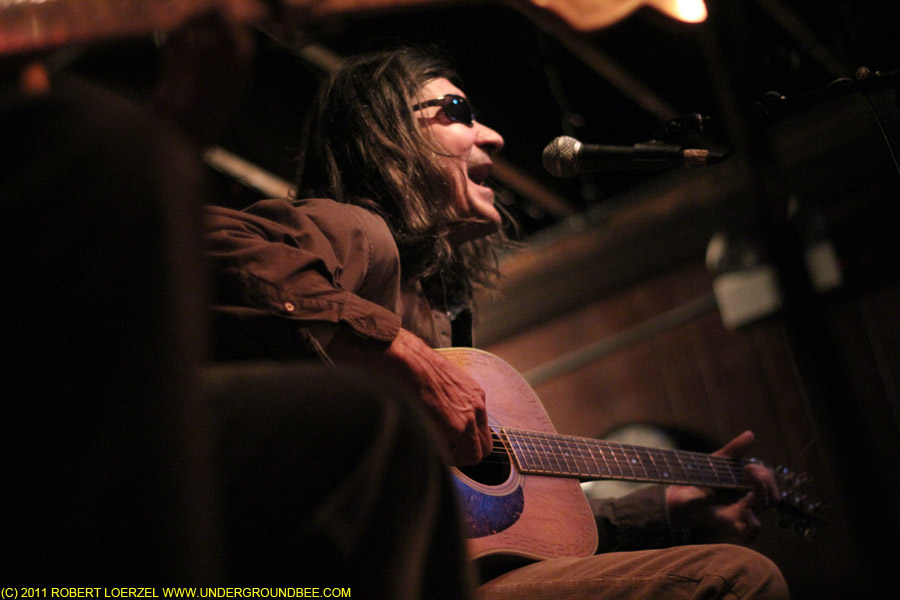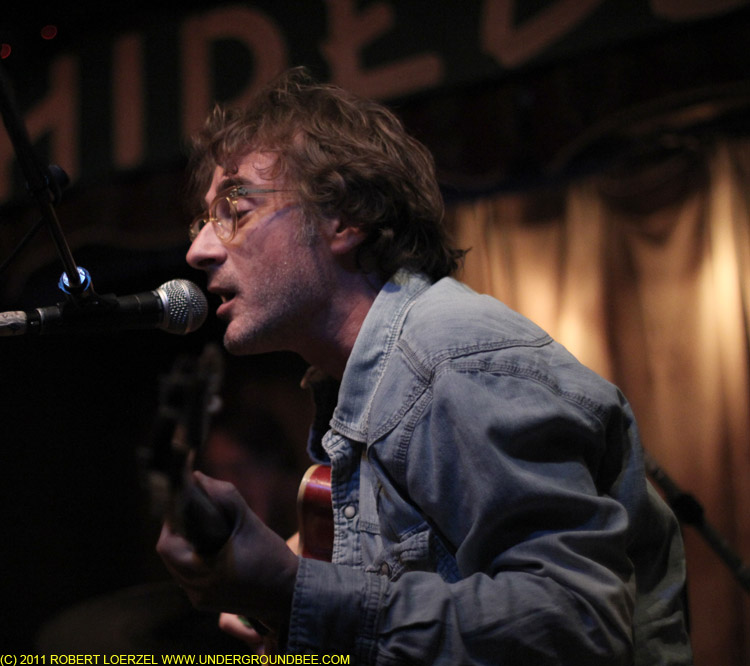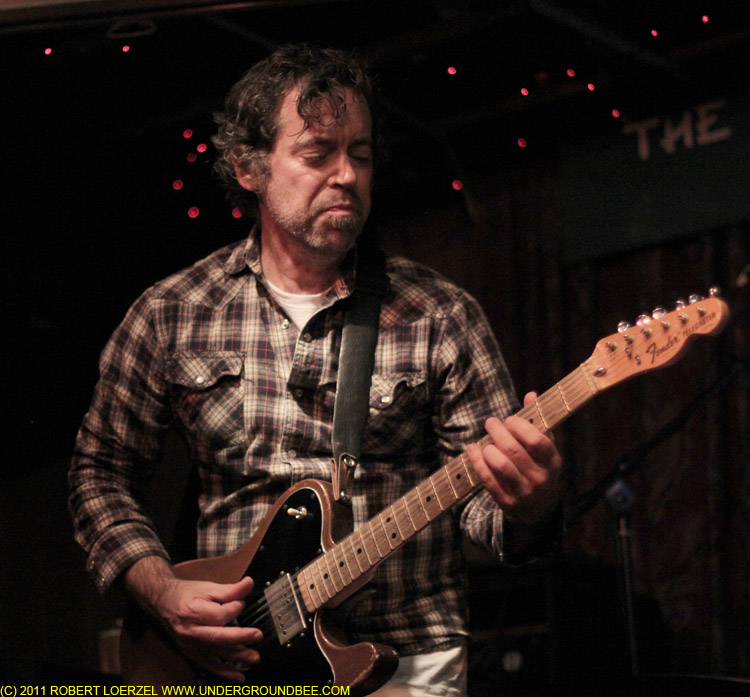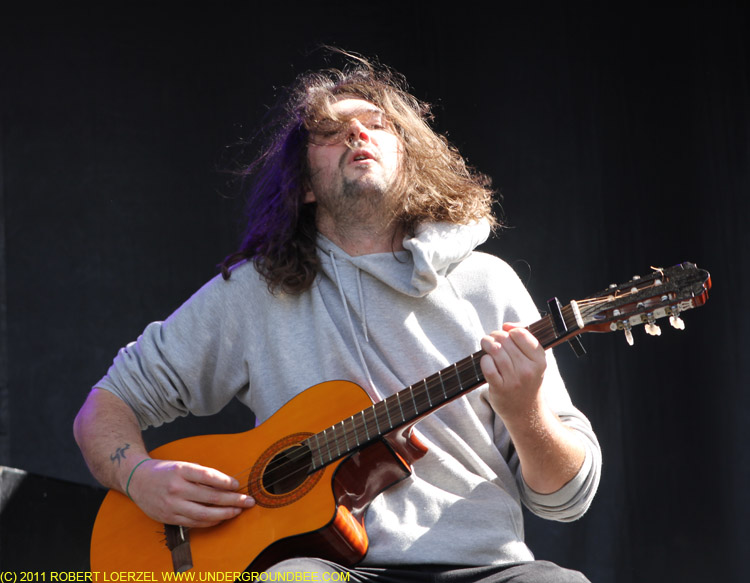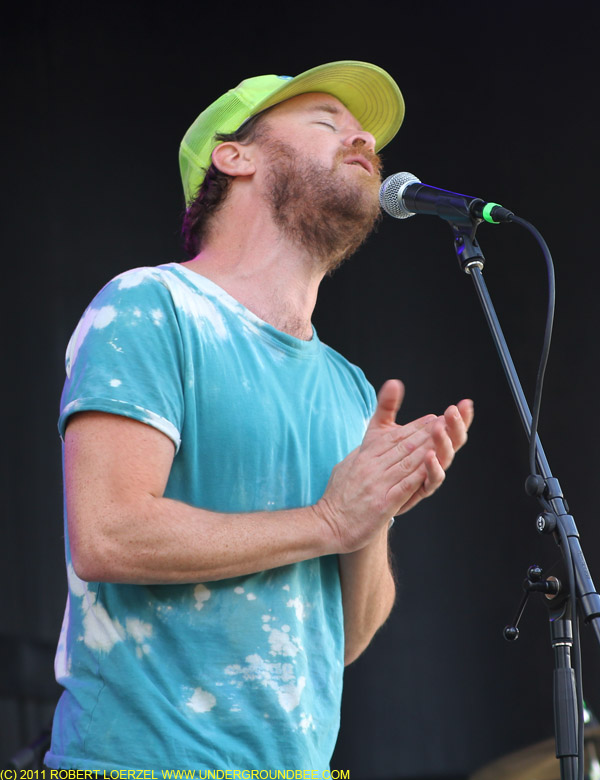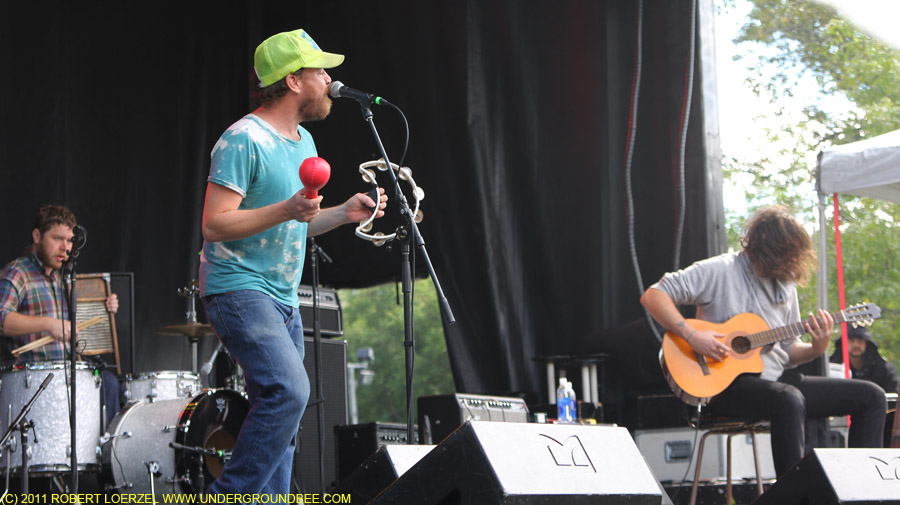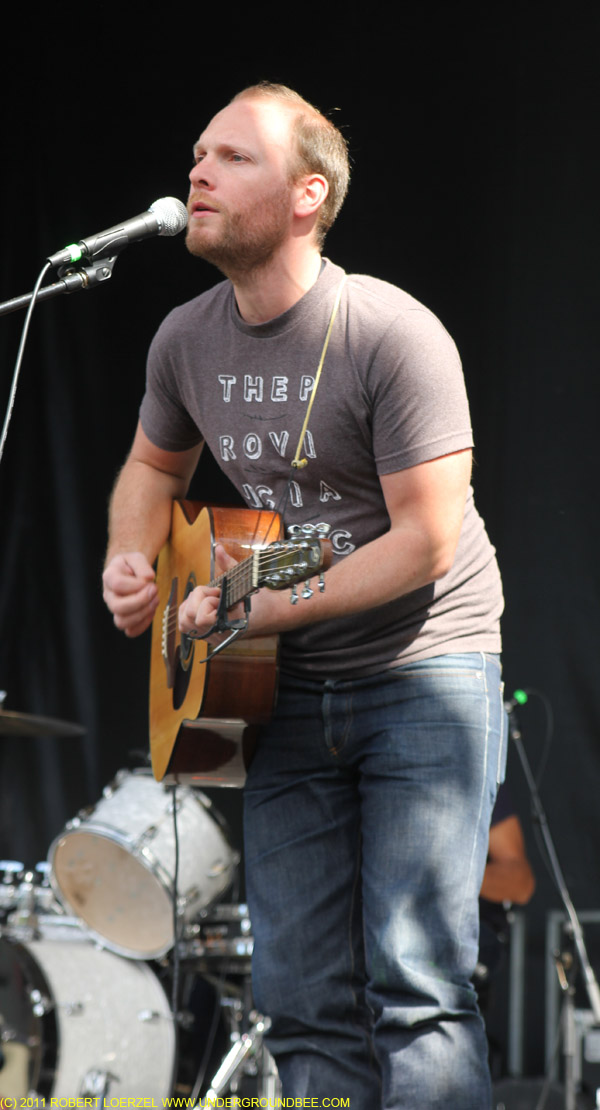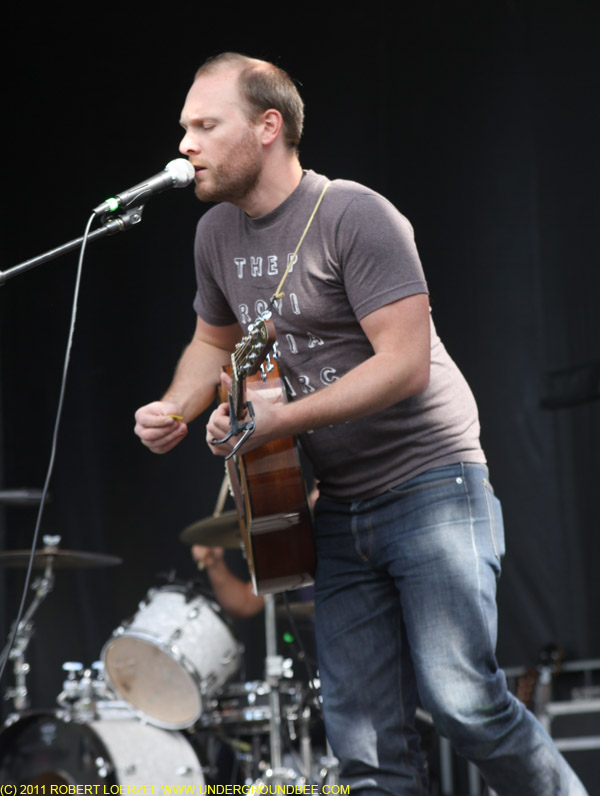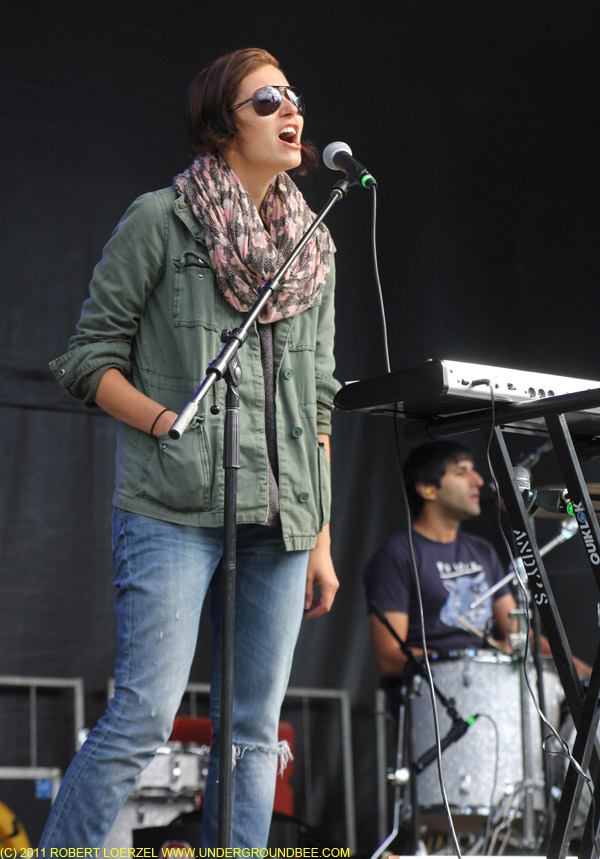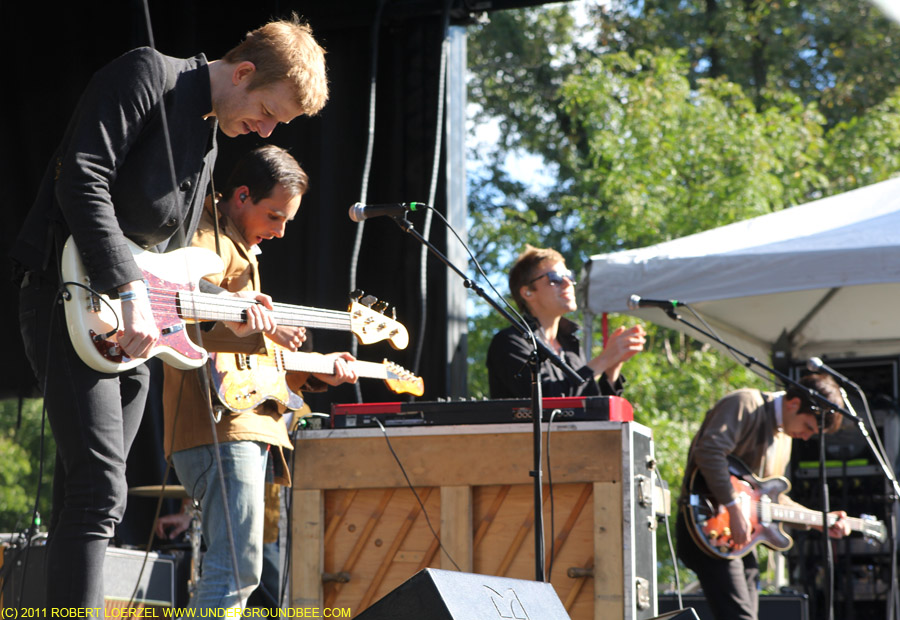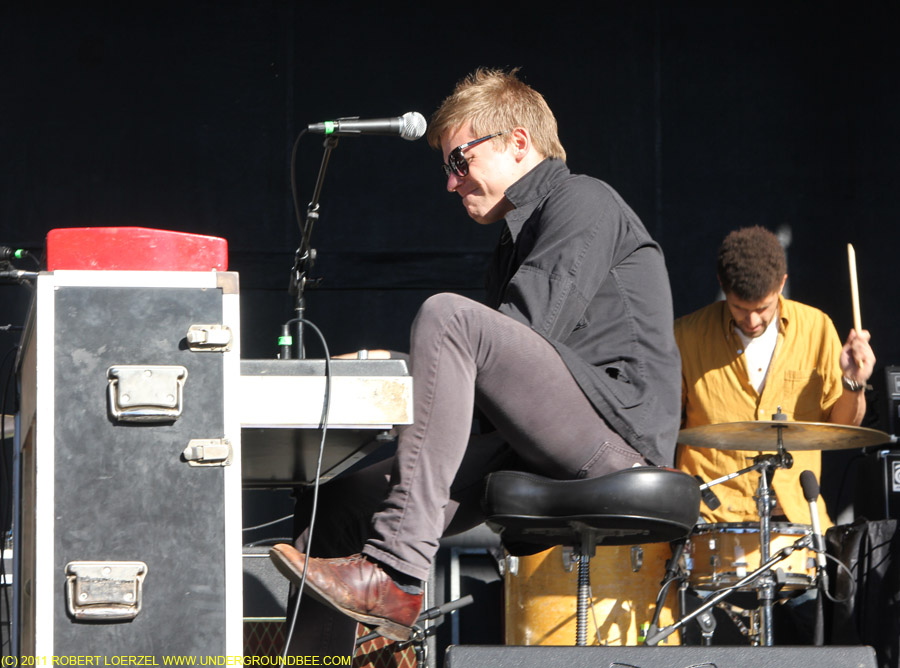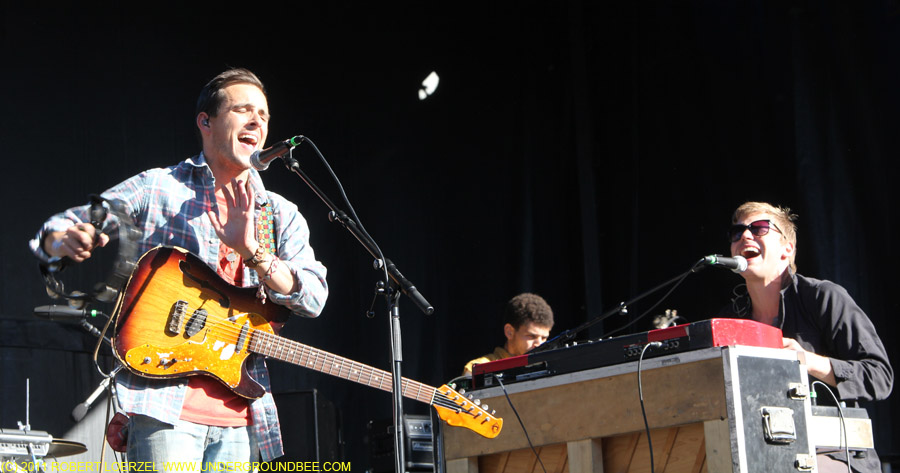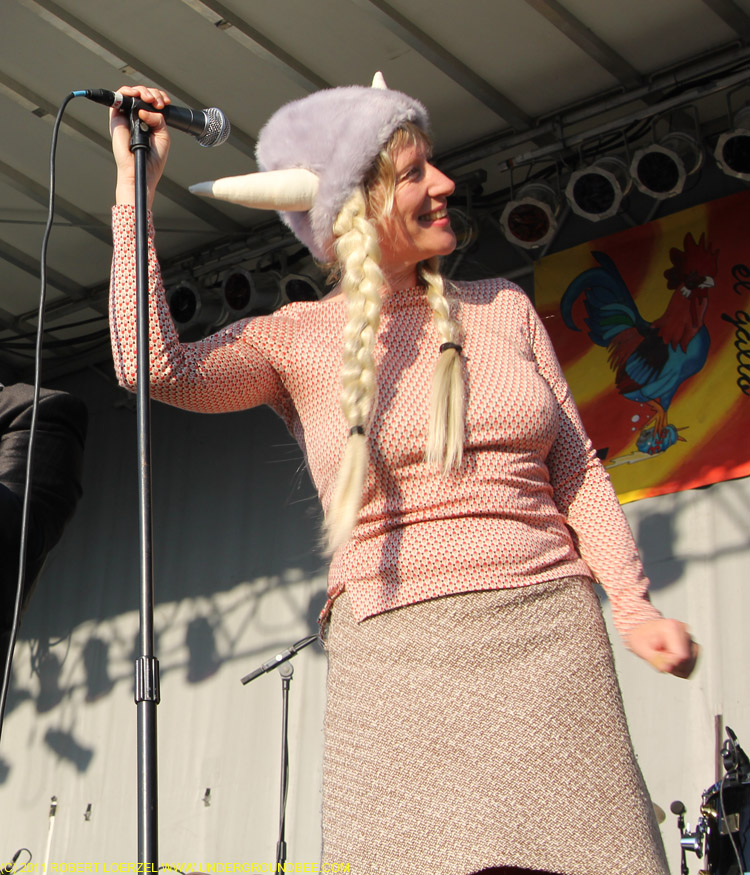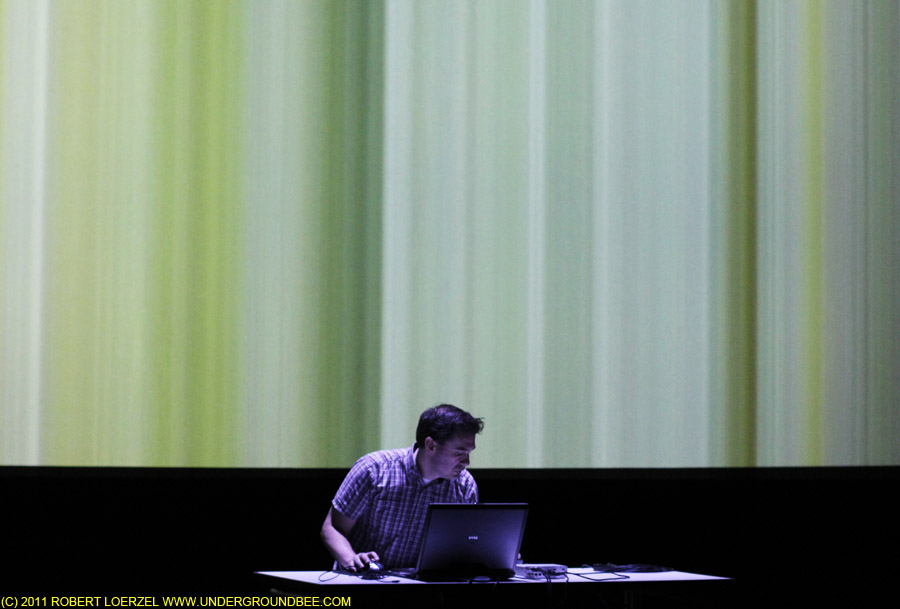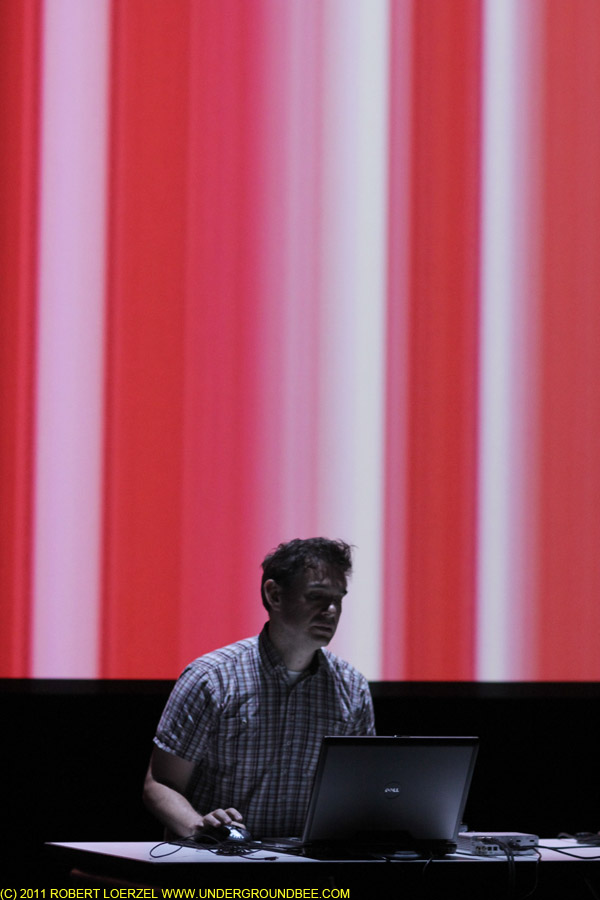Reviews of films I saw at the recently finished 2011 Chicago International Film Festival. As always, some of these will be in theaters soon — if not already, depending on where you are.
A feeling of impending doom hovers in two of the most prominent movies that showed at the 2011 Chicago International Film Festival: Danish director Lars von Trier’s Melancholia and Hungarian Bela Tarr’s The Turin Horse. The end of the world seems imminent in both films.
In MELANCHOLIA, Armageddon comes in the form of a wandering planet that somehow managed to escape the notice of astronomers until now, since it was always on the other side of the sun. And now it’s heading straight for the earth. As science, this is completely absurd, of course, and von Trier surely knows that. The fact that this planet is named Melancholia is a pretty blatant tipoff that the whole thing is supposed to be a metaphor. Like von Trier’s other films, Melancholia plays around with a Brechtian notion of trying to wring emotion out of deliberately artificial dramatic constructions. Von Trier revels in showing us that he’s pulling the puppet strings, but he still wants us to be moved by his puppet show. He has succeeded in the past, and he does again during some passages of Melancholia — especially the first half, with a stunning performance by Kirsten Dunst as a disturbed and erratic bride — but the film doesn’t add up to a coherent whole. Wonderful actors give fine performances of half-baked characters and subplots, and by the end, the wait for that apocalypse turns wearying. (Melancholia is available for viewing now via iTunes before it arrives in theaters.)
MELANCHOLIA: TRAILER
The world may not literally be ending in THE TURIN HORSE, but it feels like it is. Perhaps it’s just an ordinary meteorological event, but the relentless wind blowing across the bleak Hungarian countryside seems like it will never end. The film’s central characters, a taciturn man and woman, are all but trapped in their home in an increasingly desperate situation. The whole world may not be collapsing, but this corner of it is decaying and falling apart, and as far as The Turin Horse portrays it, this is the entire world. As always, Tarr excels at beautiful black-and-white cinematography of the Earth’s crusty edges. Even admirers of Bela Tarr’s previous slowly unfolding epics (including the masterpieces Satantango and The Werckmeister Harmonies) may find The Turin Horse to be tediously paced during its first half. The way it shows the mundane everyday life of these characters as a repeating cycle is a bit like Chantal Akerman’s classic 1975 film Jeanne Dielman, 23 quai du Commerce, 1080 Bruxelles, although the rustic milieu could hardly be different. (Even the trailer for The Turin Horse is severely minimal — see below.) Eventually, Tarr’s quotidian details pile up, creating an oppressive feeling of hopelessness. The dull becomes demonic, building to a bleak climax of sorts — if you can call it that. Don’t expect any explosions or crashing planets. But it is epic, in its own singular way.
THE TURIN HORSE: TRAILER
The dependable, venerable Finnish director Aki Kaurismaki’s new film, LE HAVRE, won the Chicago International Film Festival’s top prize, the Gold Hugo. The setting and language are French, but Kaurismaki’s quirky Finnish filmmaking style is intact. A comic sense of timing is embedded inside the smart, economical editing; watch how Kaurismaki cuts cleverly from one shot to the next. As always, his dialogue is deadpan, showing a dry sense of humor, and his plot verges on absurdity without completely tipping into it. Kaurismaki’s eccentric fictional realm — which is, in its own way, almost as artificial as anything von Trier has done — collides with a real-world issue here: illegal immigration. Despite its odd style, the film makes a compelling argument for compassion that you carry with you out of the theater. There’s a wonderful sense of community and camaraderie among the characters in this charming movie. Kaurismaki has found humor and pathos in bleak situations in some of his earlier films; in Le Havre, he sees hope for humanity. (Le Havre opens Nov. 4 at the Music Box Theatre in Chicago — and Indie Wire has a delightful interview with Kaurismaki.)
Film website
LE HAVRE: TRAILER
The best film I saw at this year’s Chicago festival was THE KID WITH A BIKE, the latest by Belgium’s Jean-Pierre and Luc Dardenne. Each film by the Dardenne brothers feels like another episode in the remarkable, continuing drama they’ve been capturing on film since 1996’s La Promesse — a picture of the daunting challenges that people face every day when they live on the fringes of society: poor, undocumented, exploited, abandoned. This time, a troubled boy hurtles down streets on his bike with manic energy and emotion, while a benevolent woman tries to give him something more like a normal childhood. Like other Dardenne films, The Kid With a Bike seems to be so realistic that it could be a documentary, but in a subtle touch, the musical swells at certain key turning points in the boy’s story, heightening the sense that the plot holds moral lessons. In this touching and compassionate film, the emotions are completely earned.
Film website
THE KID WITH A BIKE: TRAILER
The Chicago fest included another film from Belgium about boys abandoned by their parents. Director Bouli Lanners’ THE GIANTS depicts the misadventures of three youths on their own in the Belgian countryside, smoking pot, breaking into houses and getting mixed up with a drug dealer. The plot drifts a bit, but the film deftly manages to be charming at some moments and alarming at others.
Film website
THE GIANTS: TRAILER
The Chicago festival’s New Directors Gold Hugo Award went to Finland’s Zaida Bergroth, for her film, THE GOOD SON — which could hardly be different from the other Finnish winner, Kaurismaki’s Le Havre. Filmed in a naturalistic style with strong acting performances, Bergroth’s drama about a famous movie actress and her overly protective teenage son is filled with creepy Oedipal overtones and a sense that something will go very awry. (And what do you know? It does.)
Film website
THE GOOD SON: TRAILER
KING OF DEVIL’S ISLAND, a Norwegian film by director Marius Holst, is a strong drama about a 1915 uprising at a reformatory — for all intents and purposes, a prison where the boys face constant abuse and where escape seems all but impossible. This is straightforward narrative filmmaking with some poetic touches (including tones of Moby-Dick), all of it highly effective in making us feel the desperation and boiling-over frustration of its protagonists.
Film website
KING OF DEVIL’S ISLAND: TRAILER
PLAY, a Swedish film by director Ruben Östlund, was one of at least two Chicago film fest selections that showed the influence of controversial Austrian director Michael Haneke. The influence shows here in the steady, unblinking eye of the cinematography as it documents some Swedish boys being bullied and harassed by thieves. There’s a sense that we’re watching surveillance video capturing the way people really behave when they don’t know they’re being watched. It’s a perceptive and complex film about anti-social behavior that evokes the feelings of terror and uncertainty one felt as a child when confronted by bullies. It also happens that film’s victims are white, while the juvenile criminals are black immigrants. This prompted some discussion at the film fest screening about whether the film is racist. Perhaps Östlund should have gone further in explaining the motivations of the black characters, but there’s no hint that they are inherently bad (any more than are the characters who make mistakes in the Dardenne brothers’ Belgian films). The film is about race: about the fearful attitudes some white people in places like Sweden have toward the darker-skinned immigrants now living among them. It’s compelling and thought-provoking filmmaking, possibly argument-provoking.
PLAY: TRAILER
MICHAEL, an Austrian film by Markus Schleinzer, was the other film fest entry showing Haneke’s dark, nihilistic influence. This profoundly unsettling and discomfiting drama focuses on a man who is keeping a boy prisoner in his basement and sexually abusing him. While most of the imagery isn’t graphic, it’s about as difficult to watch as you would imagine. The film is well crafted and performed, with a heart-stopping final shot. The pedophile remains an enigma, bringing us no closer to understanding why someone would do something monstrous.
Film website
MICHAEL: TRAILER
WITHOUT, an independent American film directed by Mark Jackson, is about a young woman who seems to be going a bit insane from isolation, boredom and grief. The film itself grows boring after a while — a typical problem with artworks that try to portray ennui — but it’s skillfully made, with a natural performance by its Joslyn Jensen.
Film website
WITHOUT: TRAILER from right on red films on Vimeo.
SACRIFICE, a historical Chinese epic directed by Chen Kaige, is frequently overwrought. Words echo on the soundtrack whenever there’s a flashback. The music sounds like a vaguely Chinese version of Enya. Characters sporadically display those supernatural acrobatic martial-arts skills, but move around like normal people most of the time. The story plunges viewers into a bloody sequence of battles and betrayals before telling us who the characters are or why we should care. The film finally finds its footing in its middle section, an occasionally moving portrait of a single father raising a changeling as his own son, but Sacrifice never fully persuades us of its story.
SACRIFICE: TRAILER
ANDREW BIRD: FEVER YEAR, a documentary about the Chicago musician by director Xan Aranda, is a smart mix of concert footage and behind-the-scenes glimpses of Bird creating his music. It sounds and looks lovely. Let’s hope Bird changes his mind about not giving this film a DVD release or a regular theatrical run. It deserves to be seen beyond the festival circuit.
ANDREW BIRD: FEVER YEAR: Official Trailer (2:45) from Andrew Bird: Fever Year on Vimeo.
ON THE BRIDGE is a documentary by French director Olivier Morel, but all of it takes place in the U.S., where Morel filmed interviews with Iraq War veterans trying to cope with Post Traumatic Stress Disorder — as well as the parents and sister of one veteran who committed suicide. These stories, some of them haunting, need to be seen and heard.
Film website
ON THE BRIDGE: TRAILER (preceded by ad) by ZadigProductions
MISS BALA by Mexican director Gerardo Naranjo
is another film that feels as if it needed to be made. With drug cartels tearing apart Mexico and exacting an almost incomprehensibly high death toll, there’s a need for movies that honestly depict the bad news from south of the U.S.-Mexico border. Miss Bala works as both an action film and social commentary. It does fall somewhat into confusion in its final scenes, as it becomes more difficult to keep track on who’s on which side, but that may be part of the point. Corruption and betrayal are so endemic that it’s impossible to know who to trust.
Film website
MISS BALA: TRAILER from Miss Bala on Vimeo.
